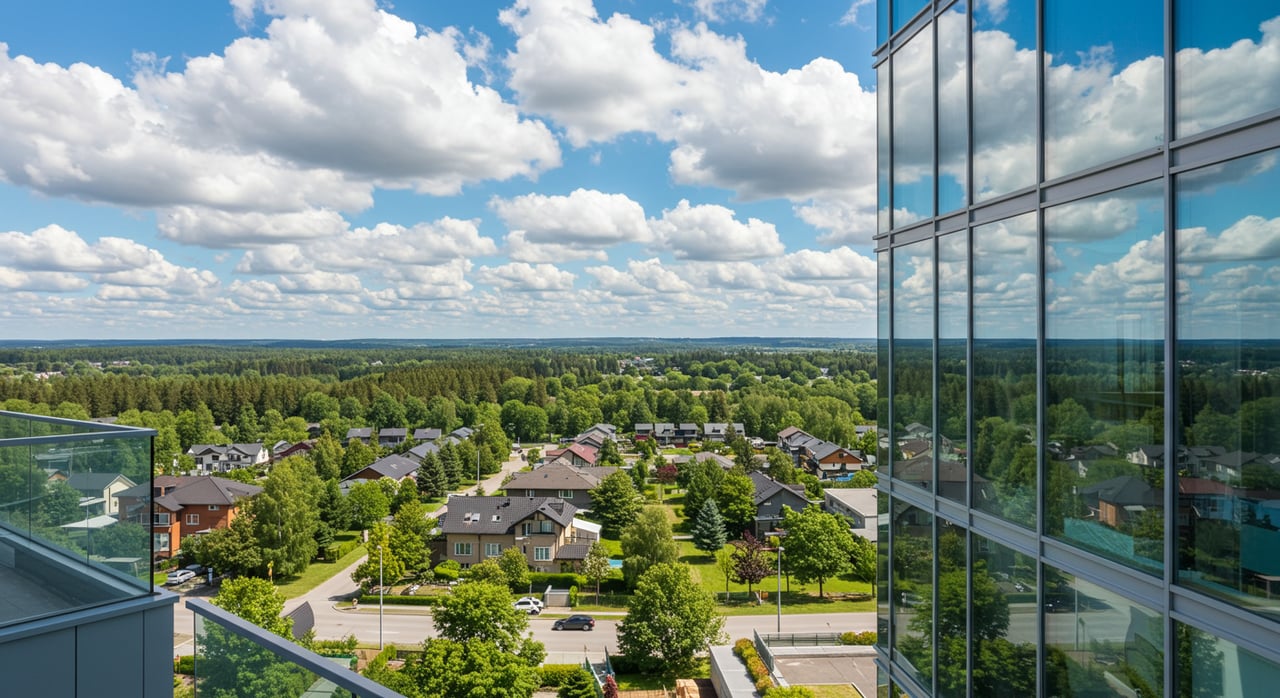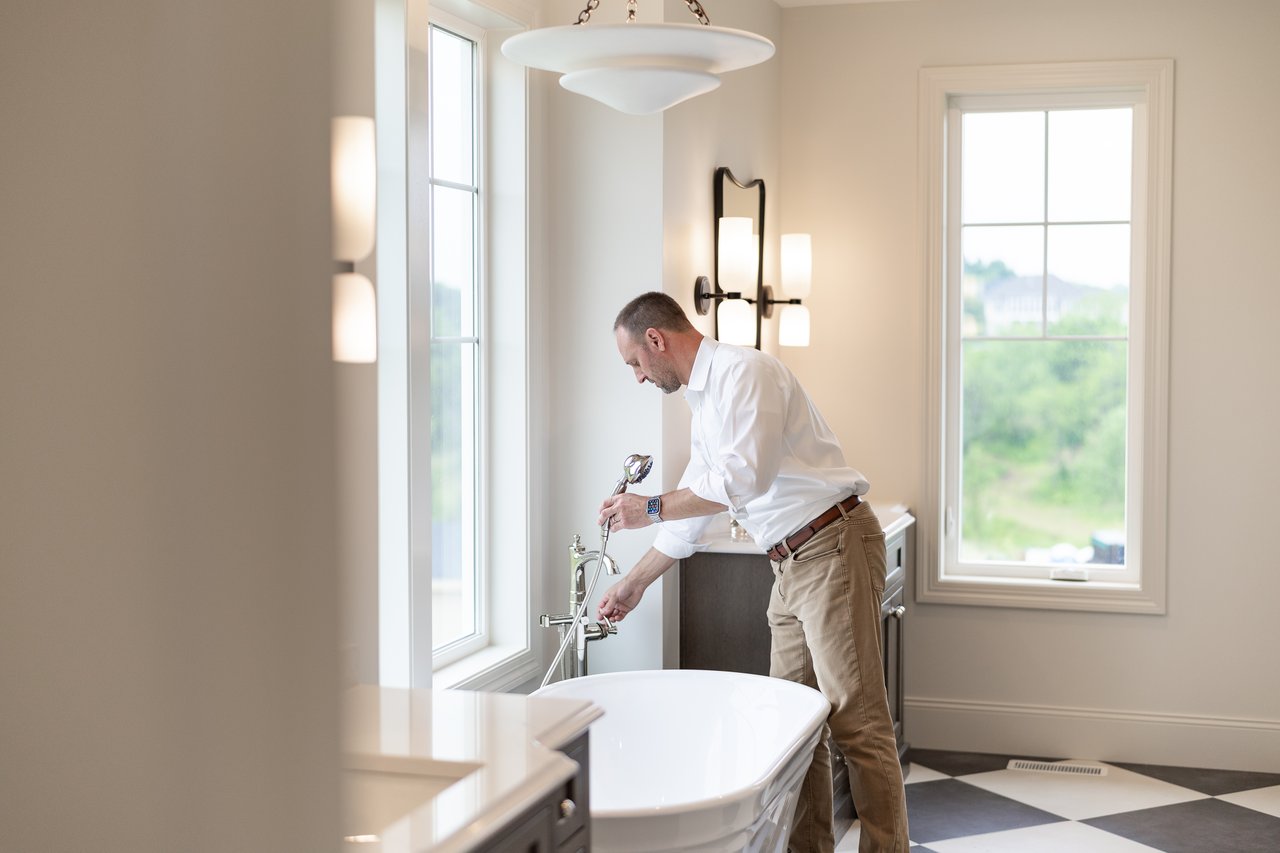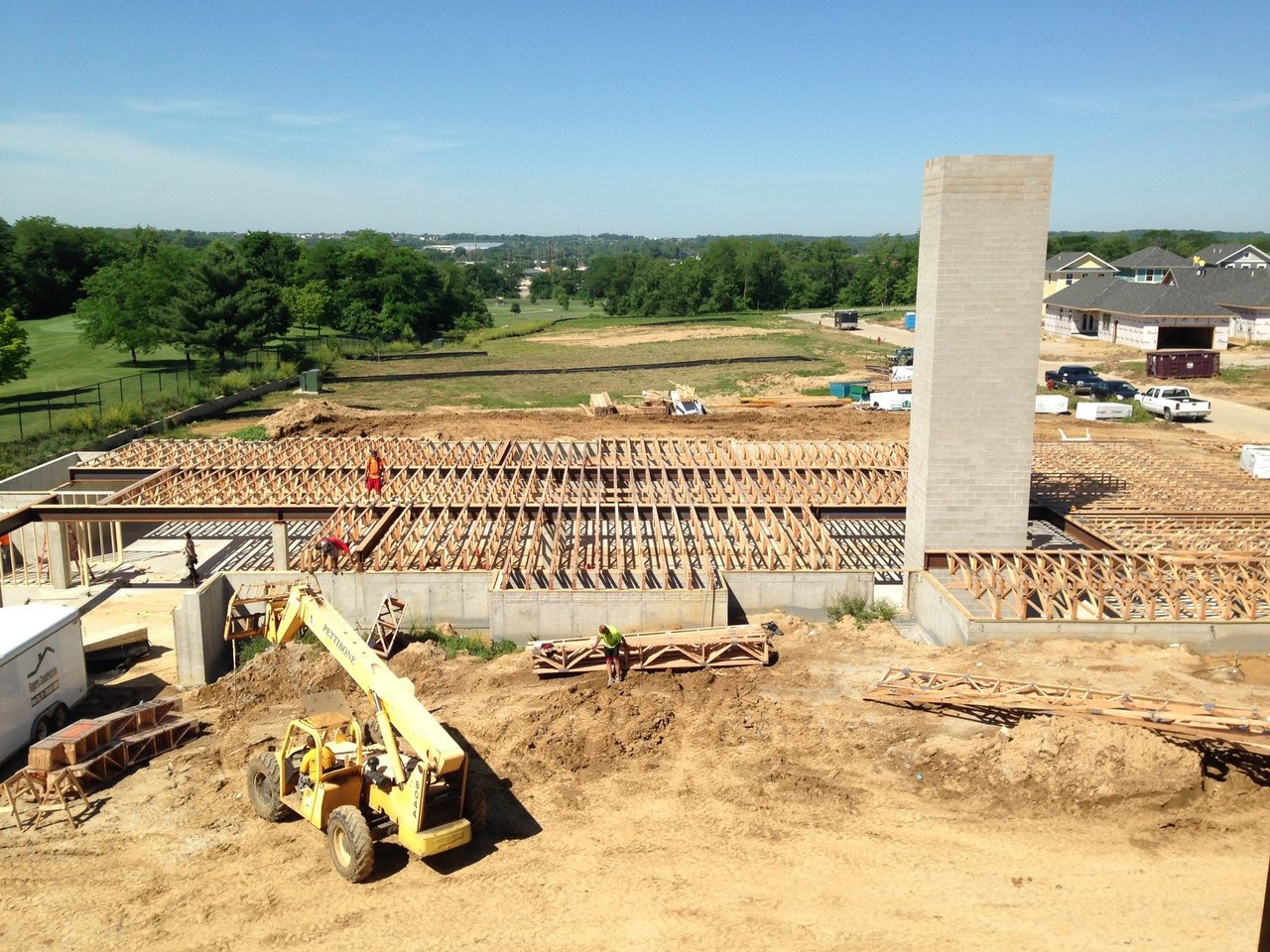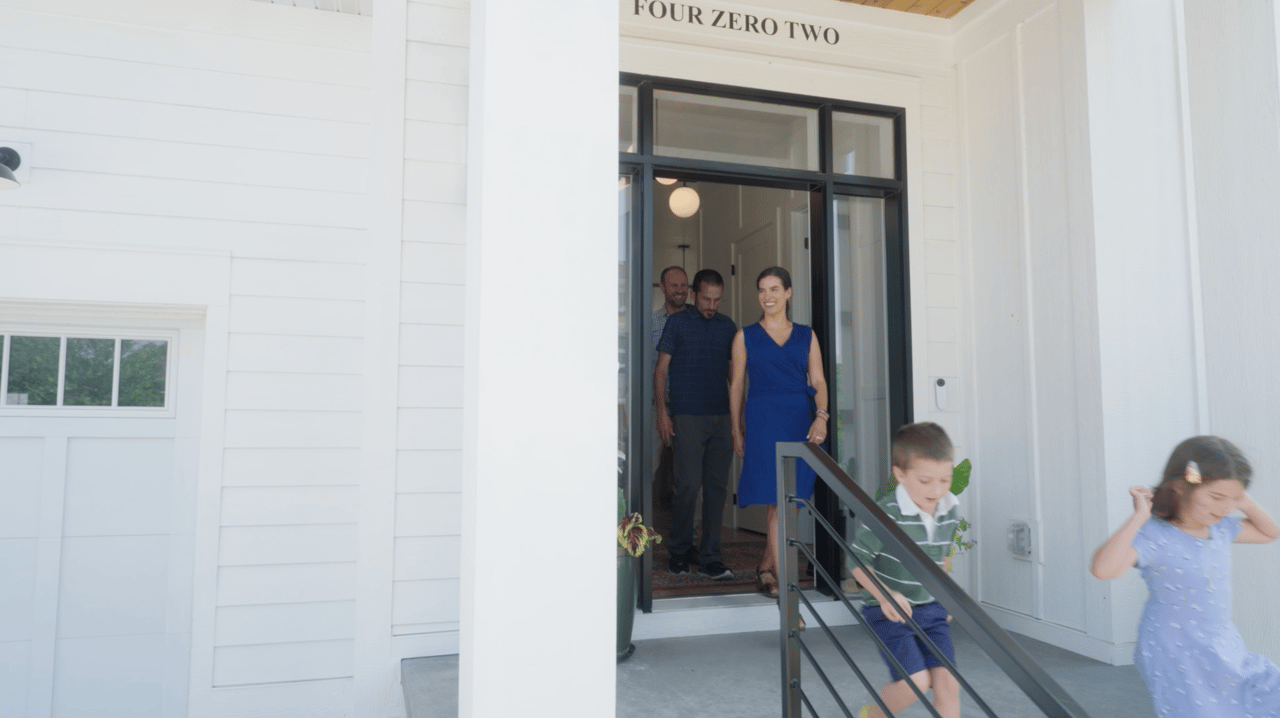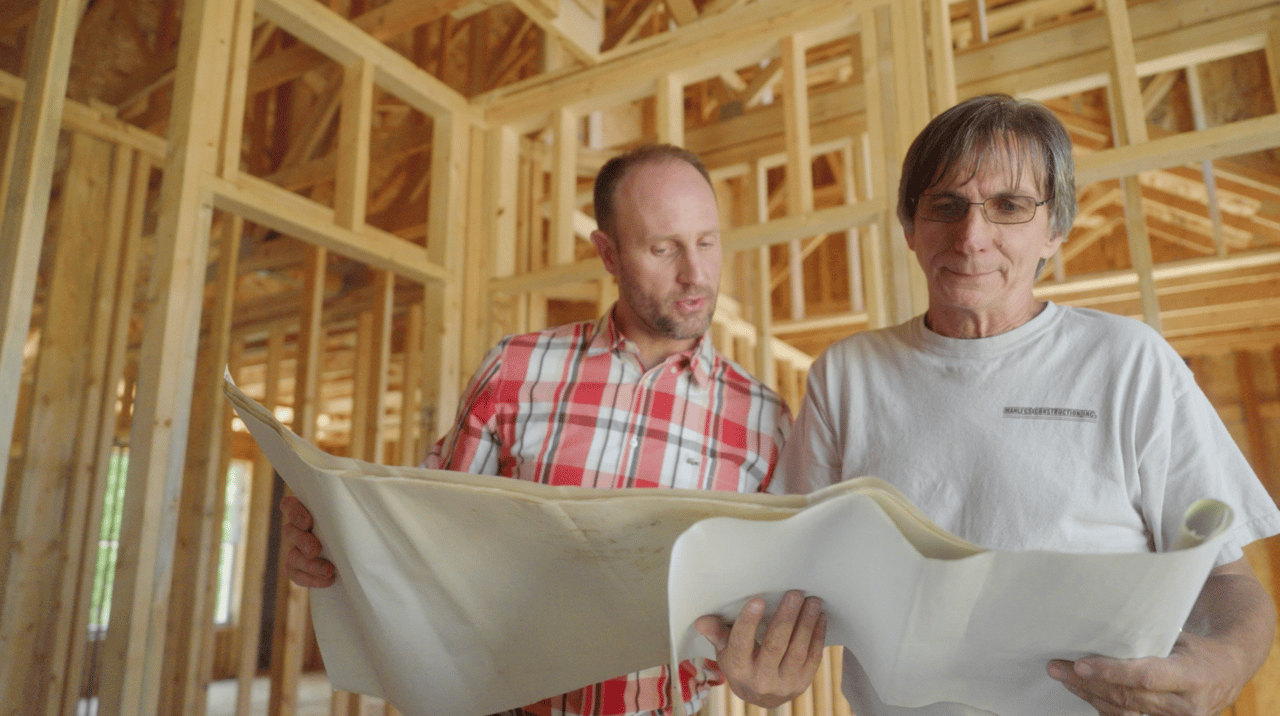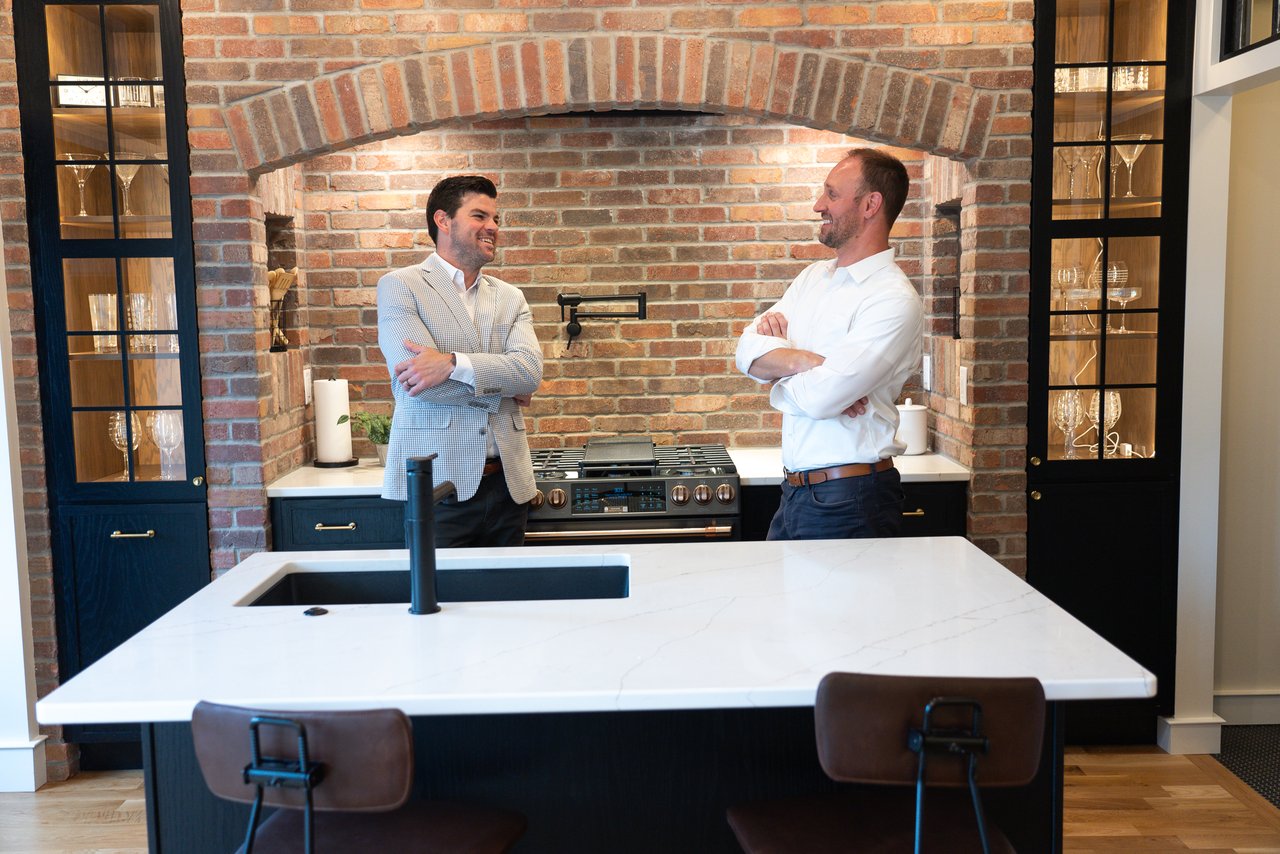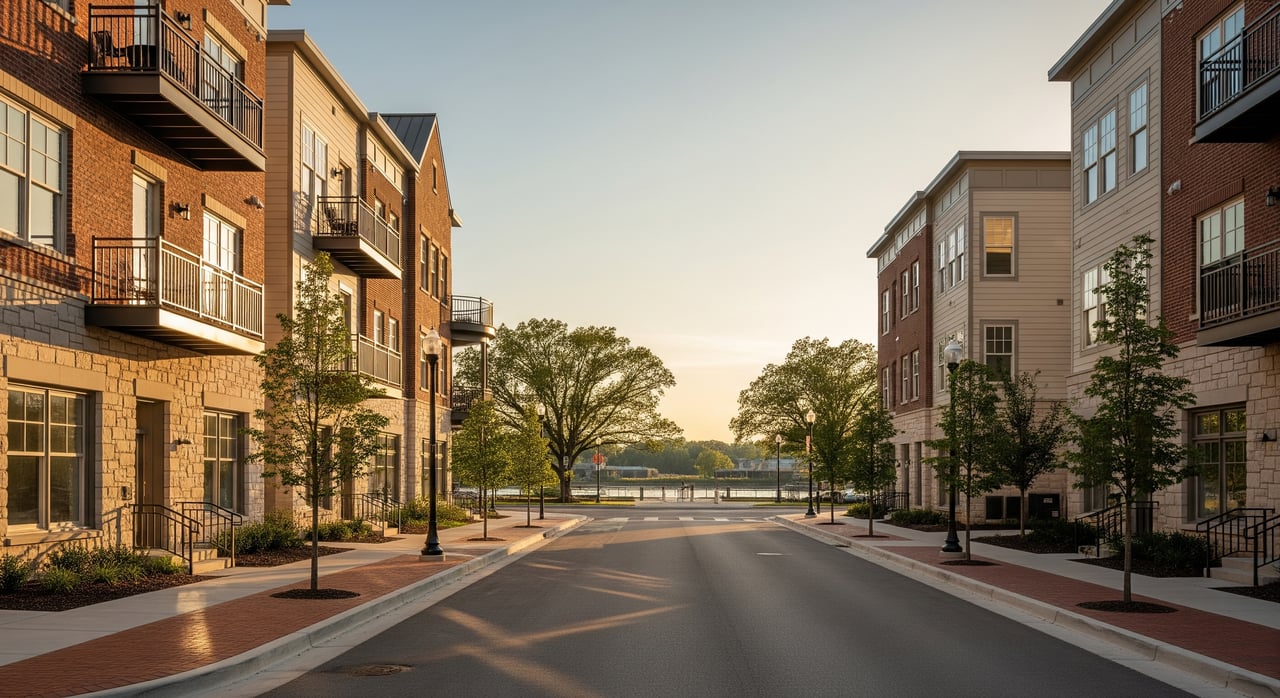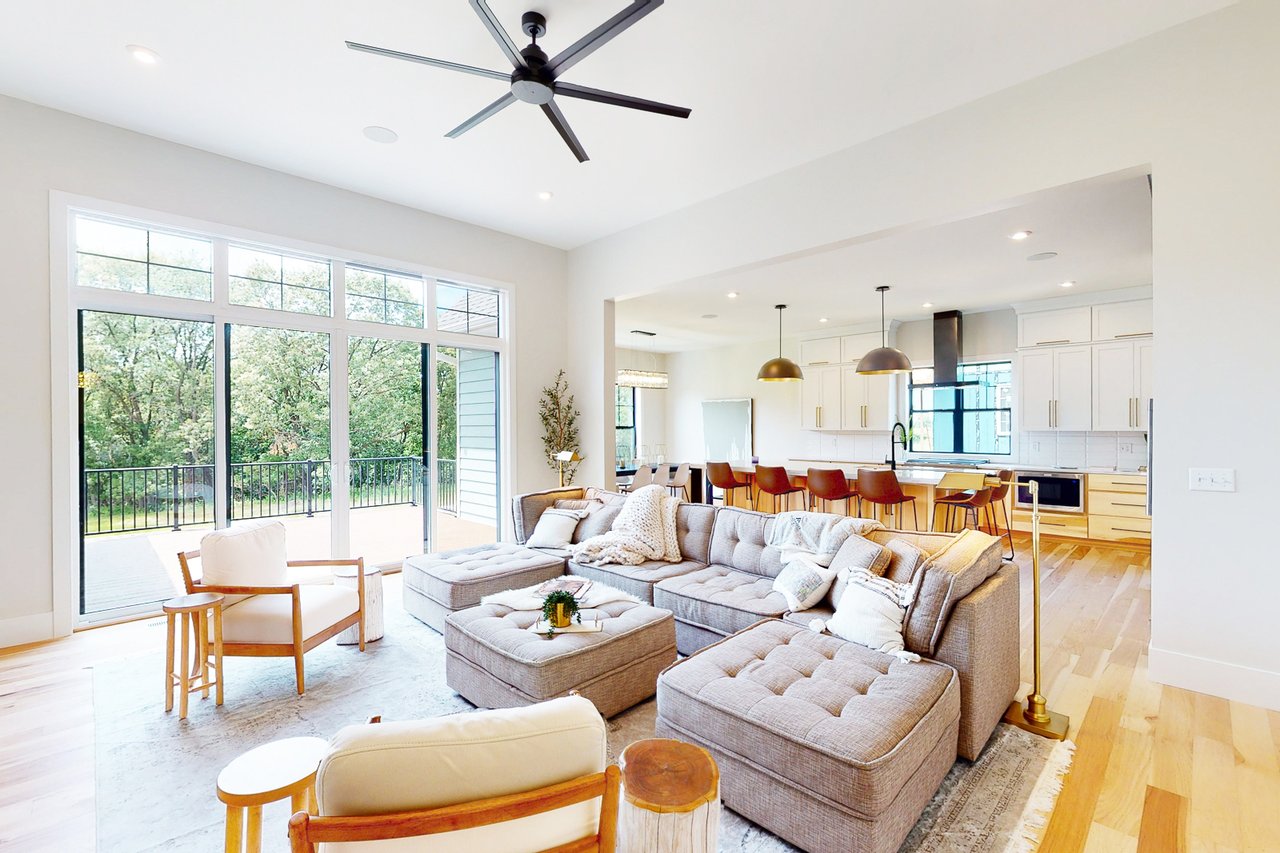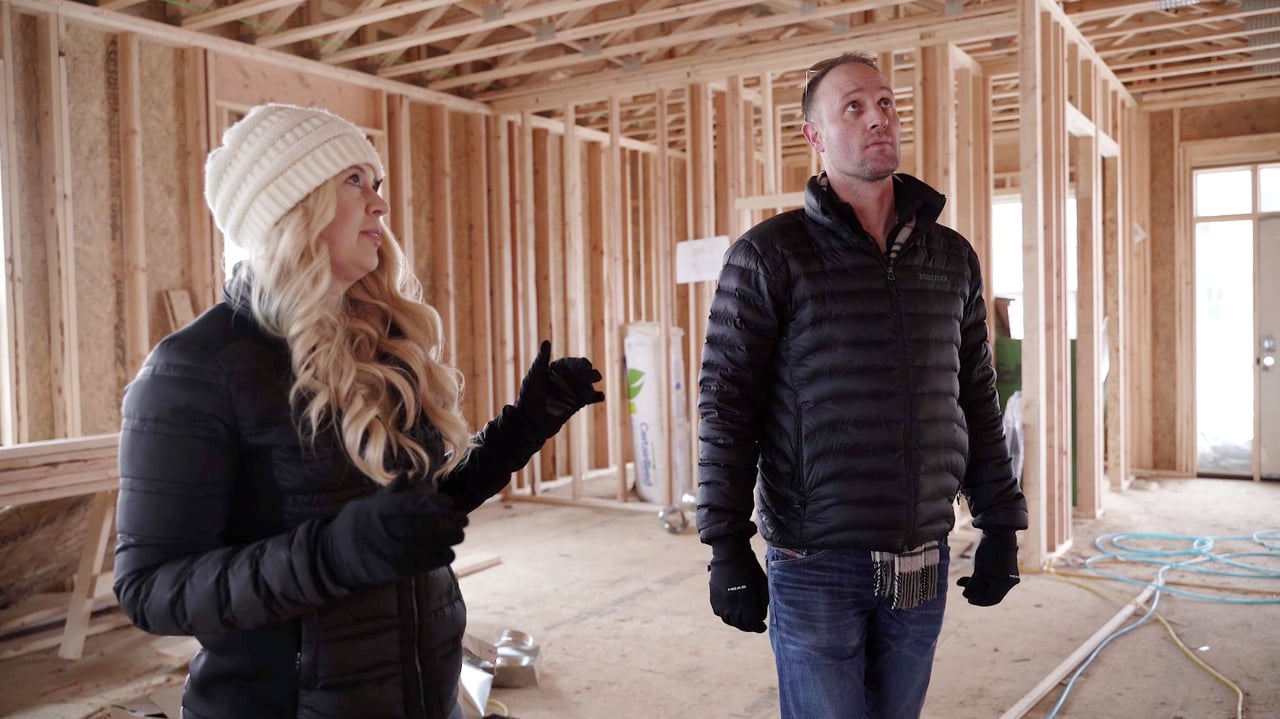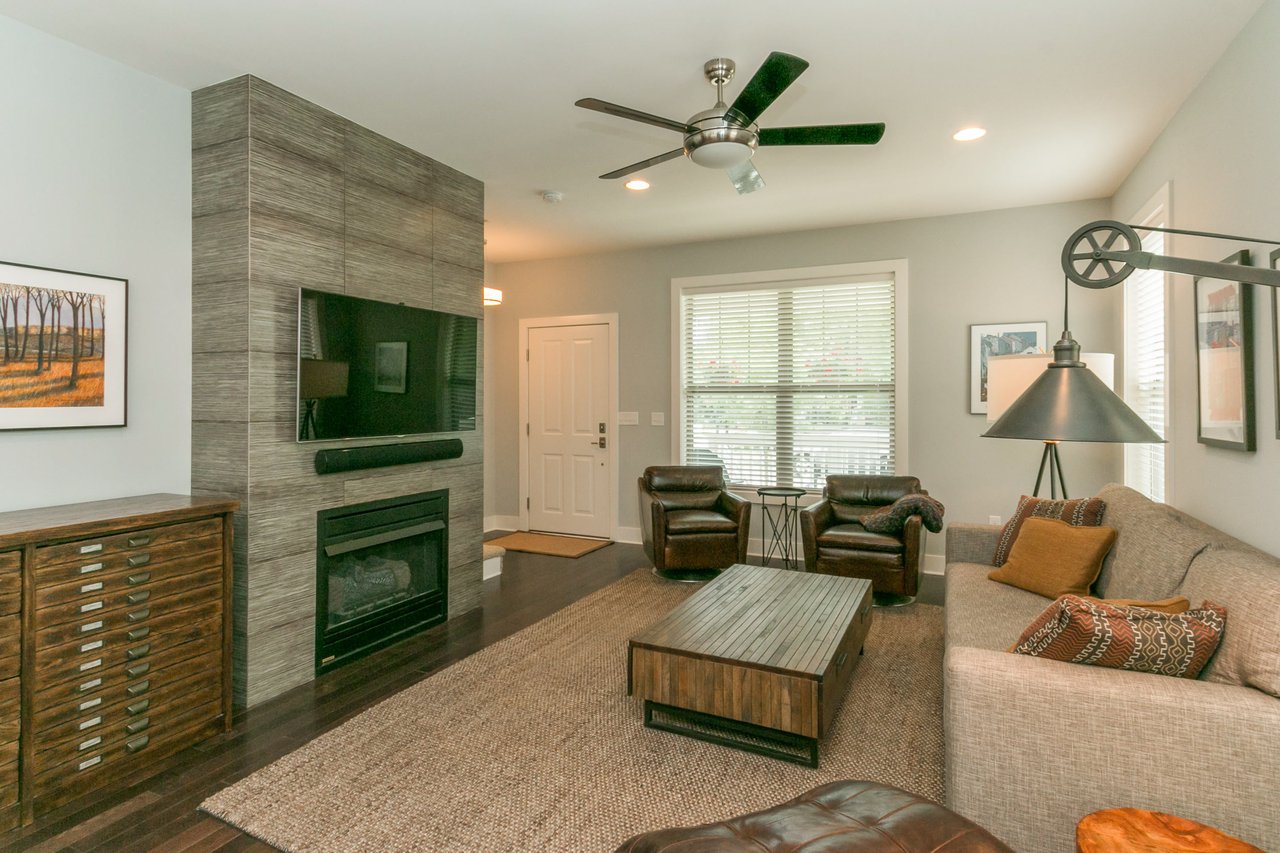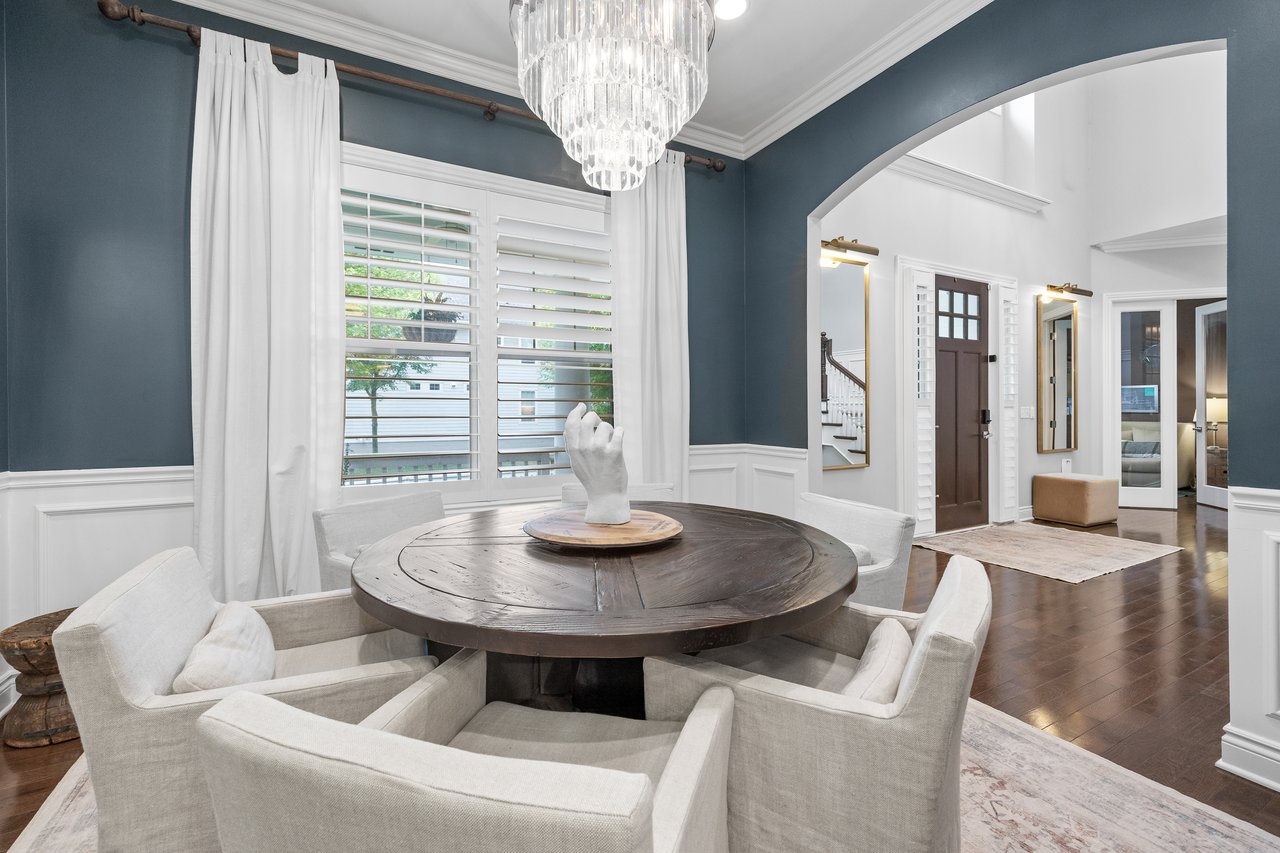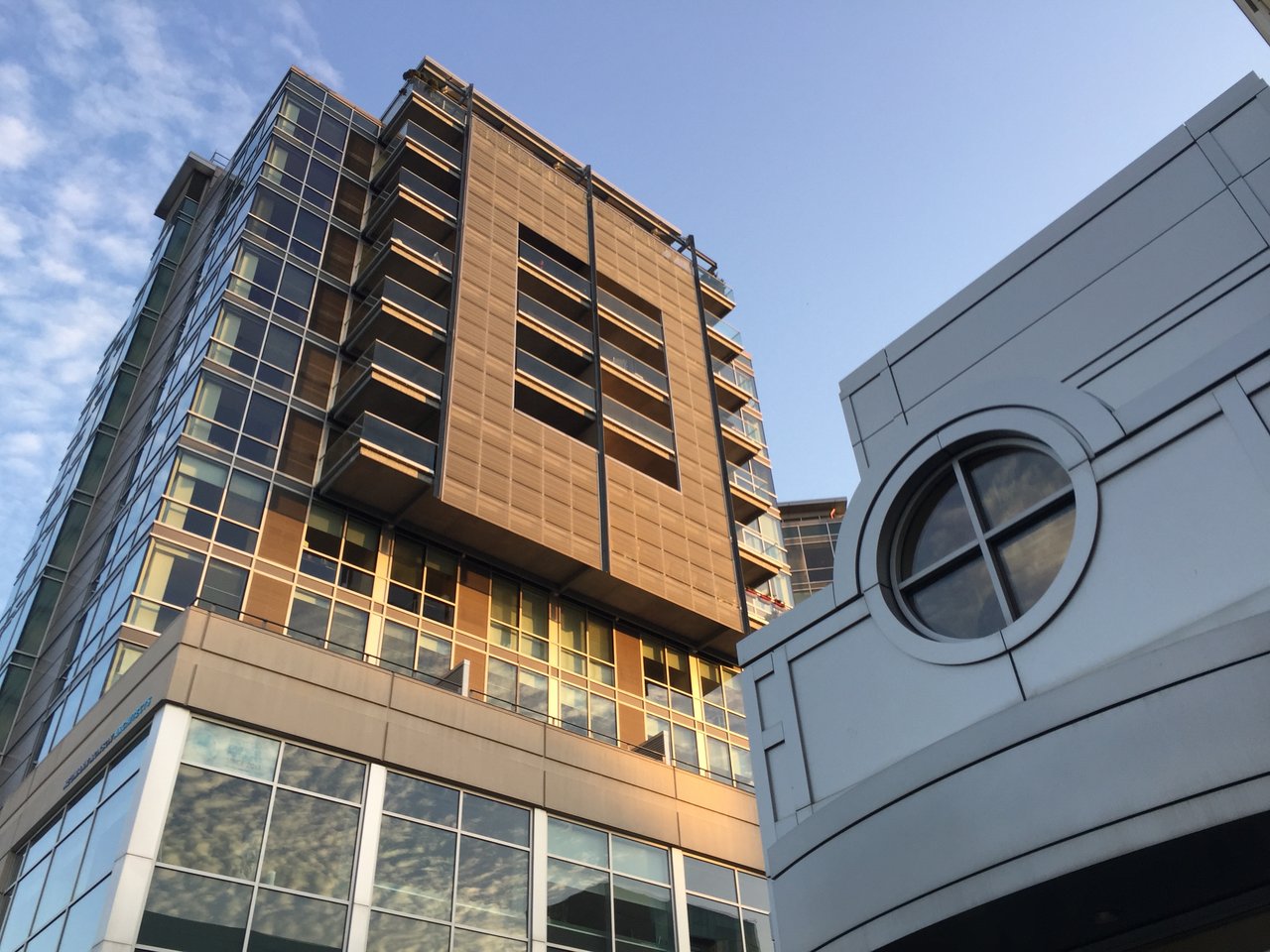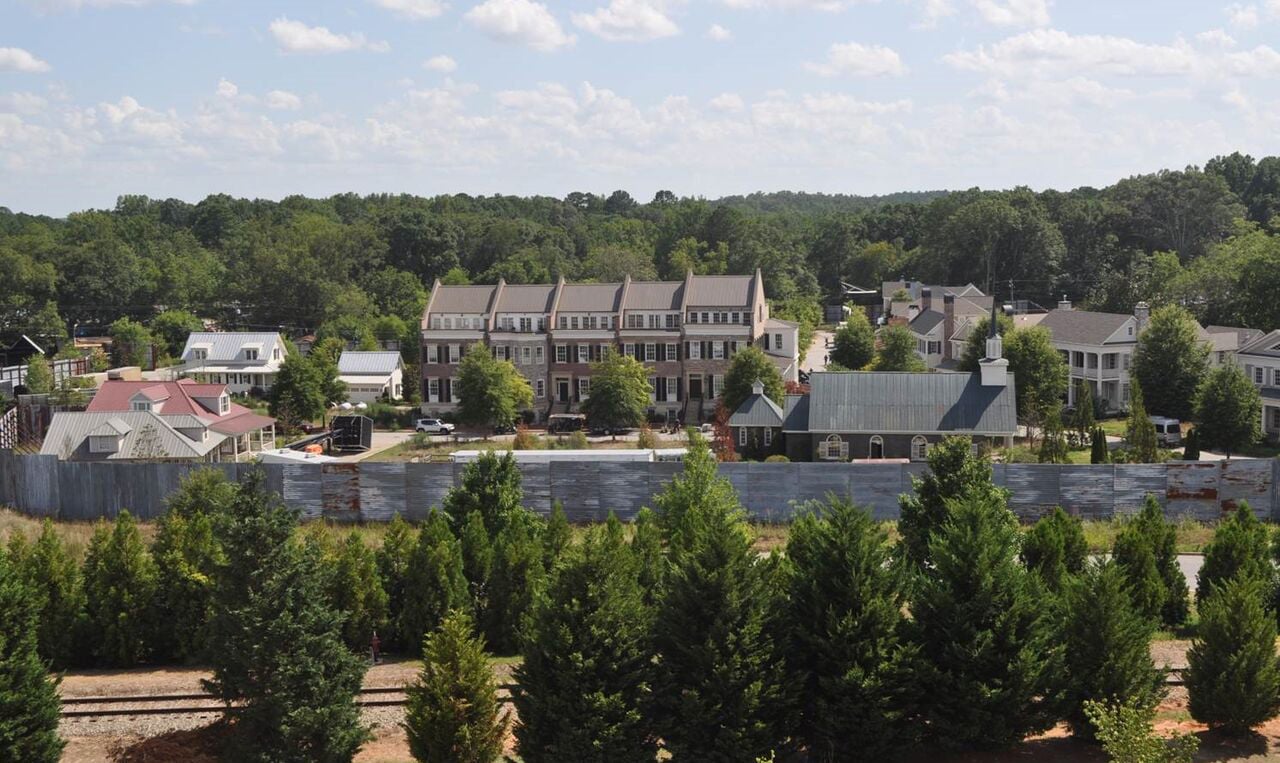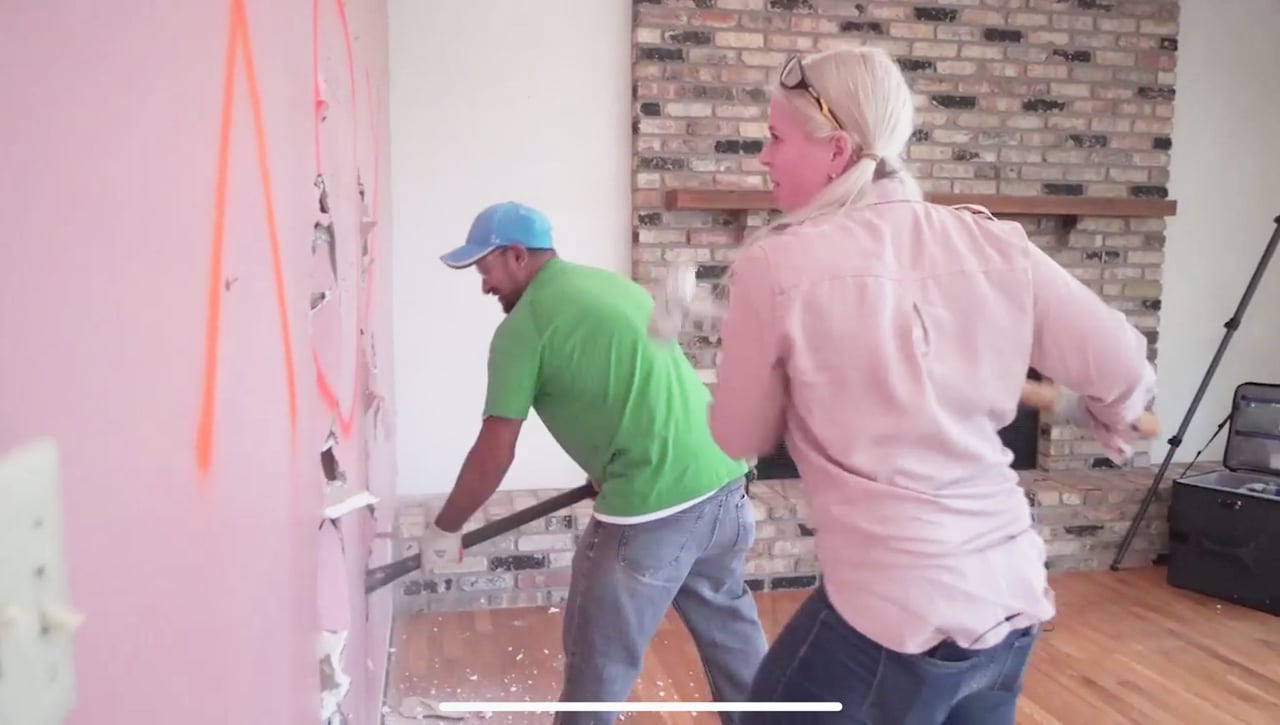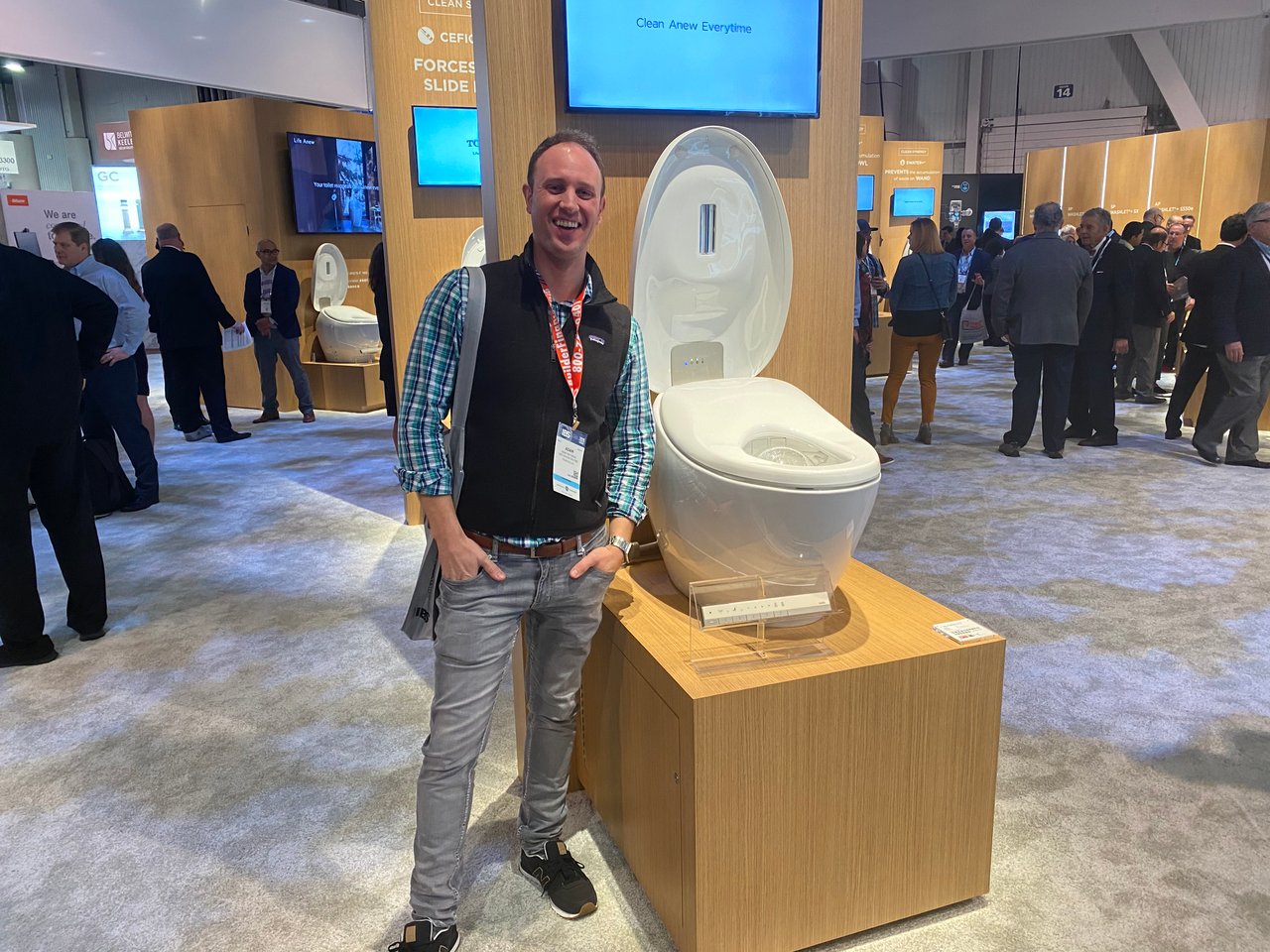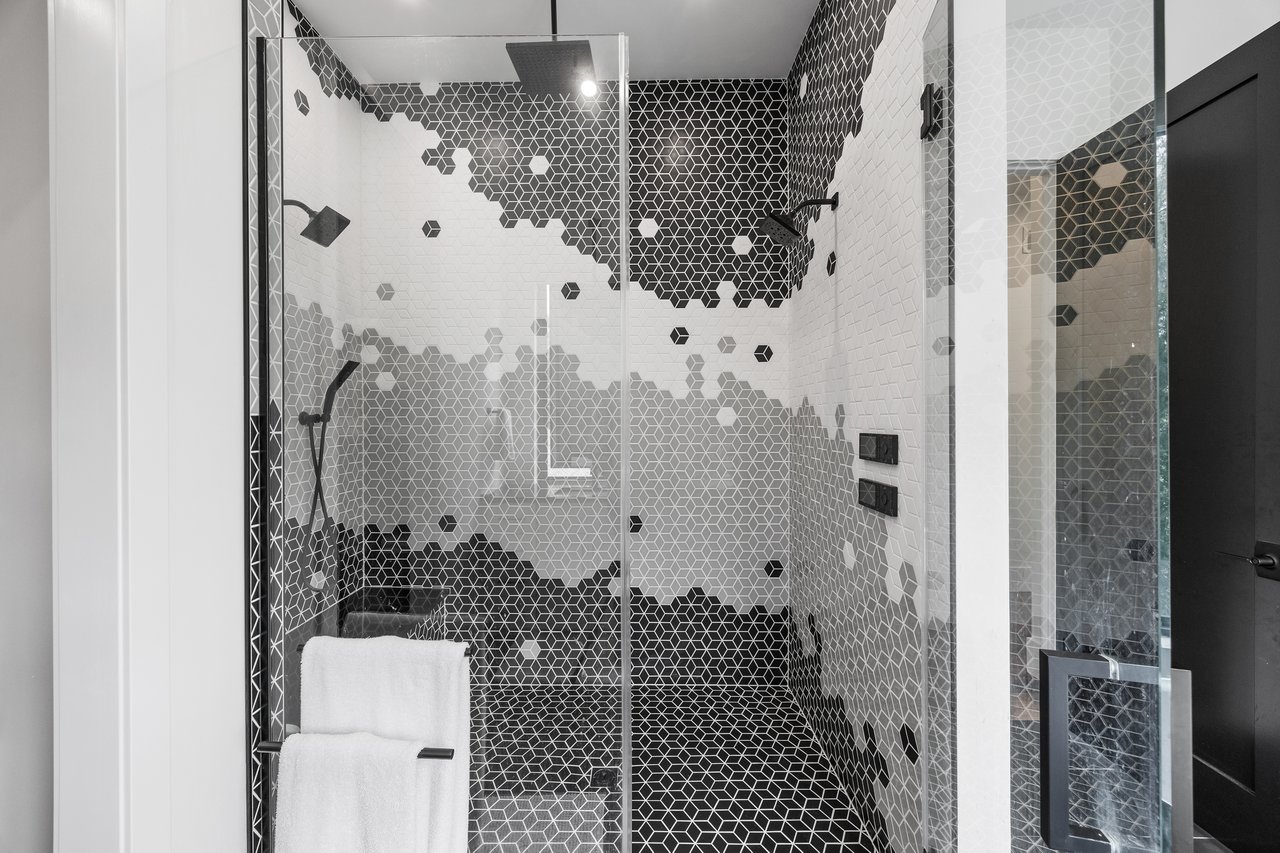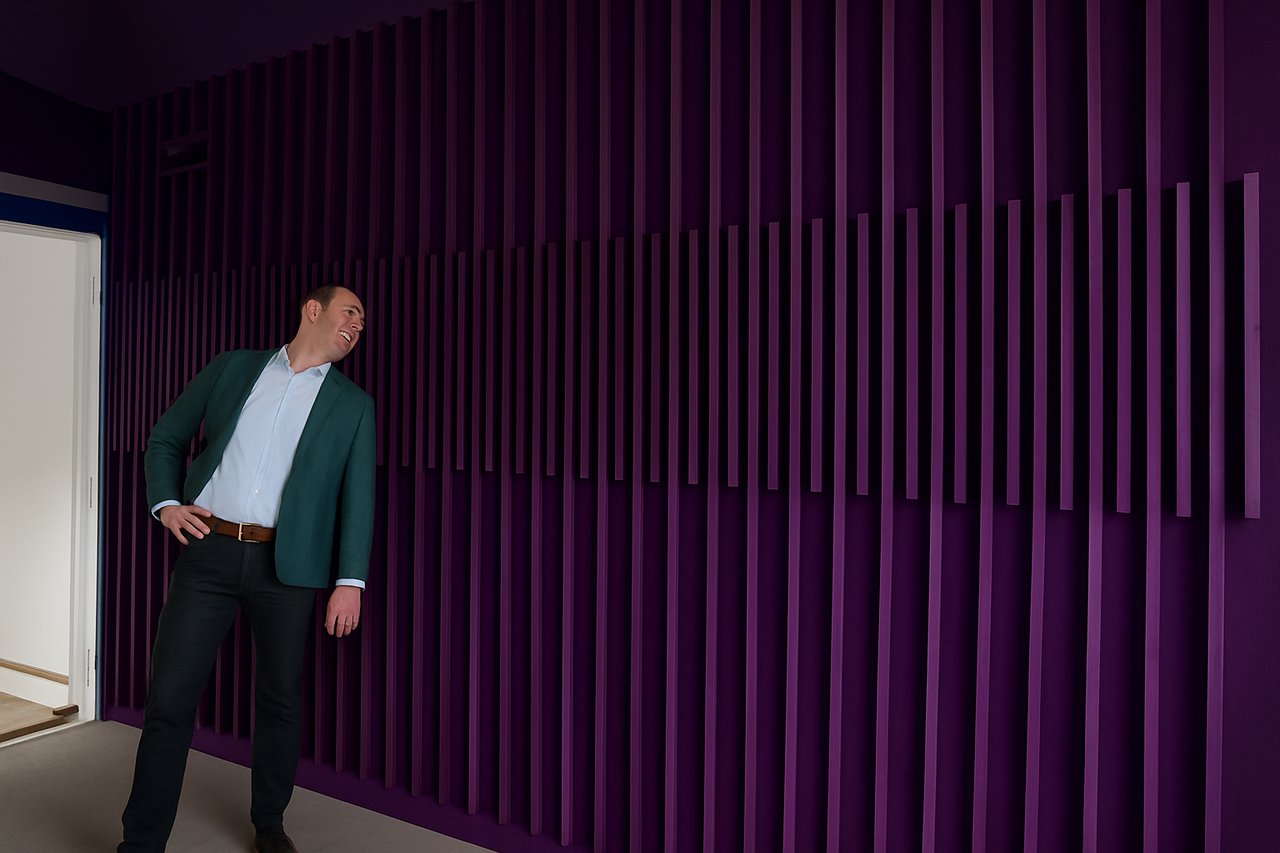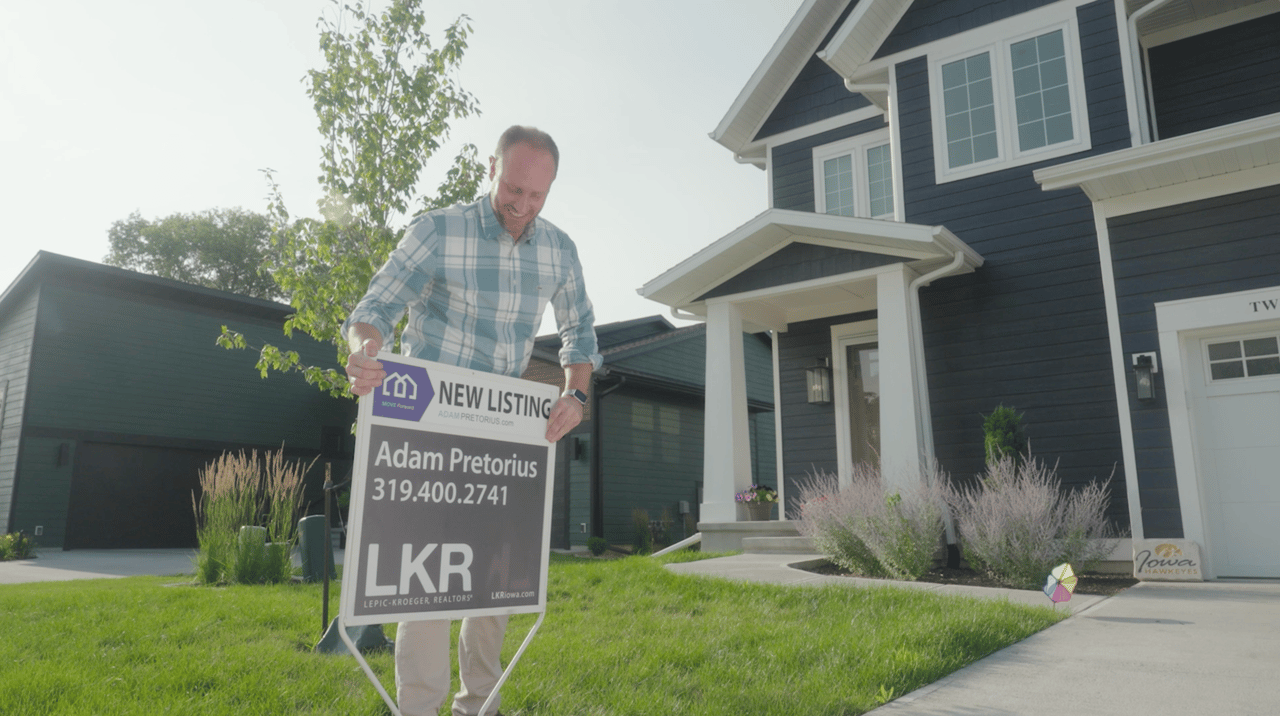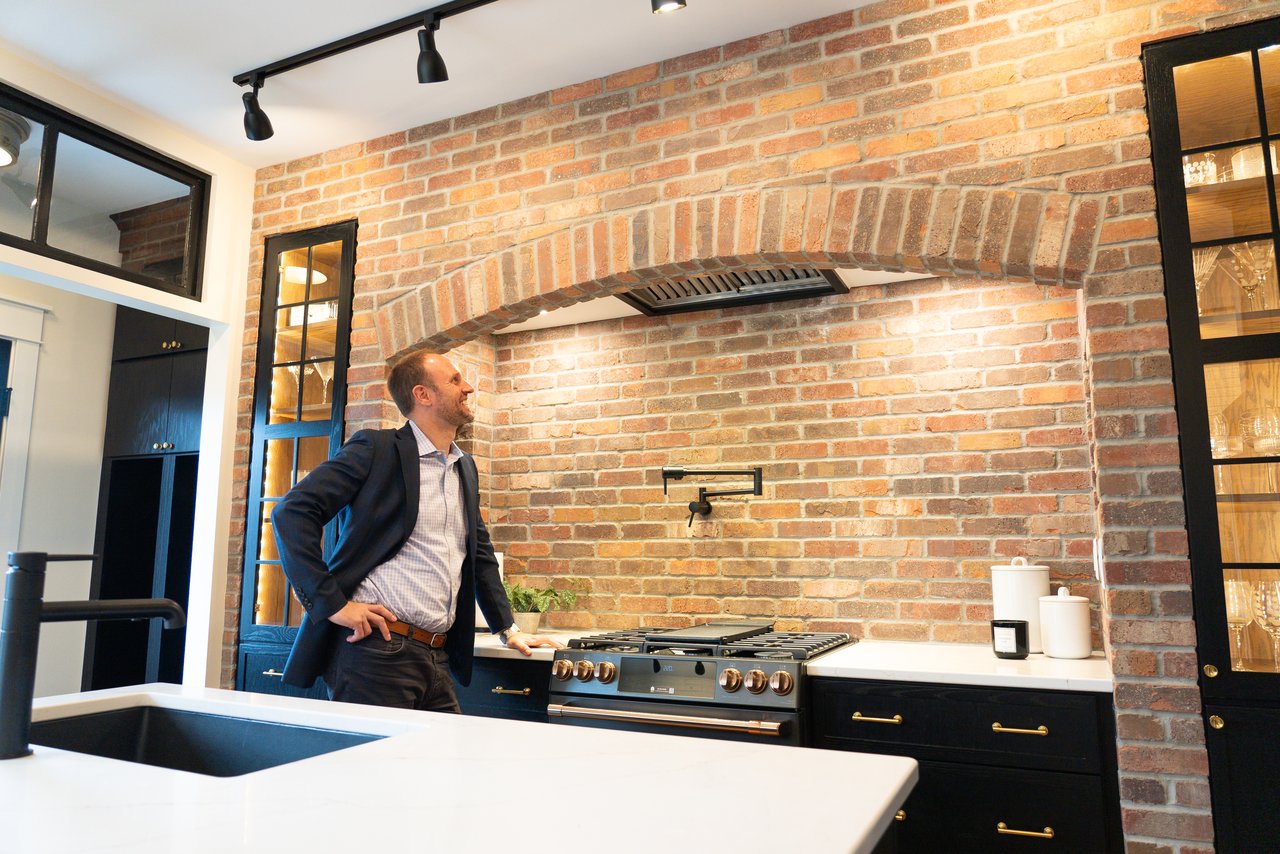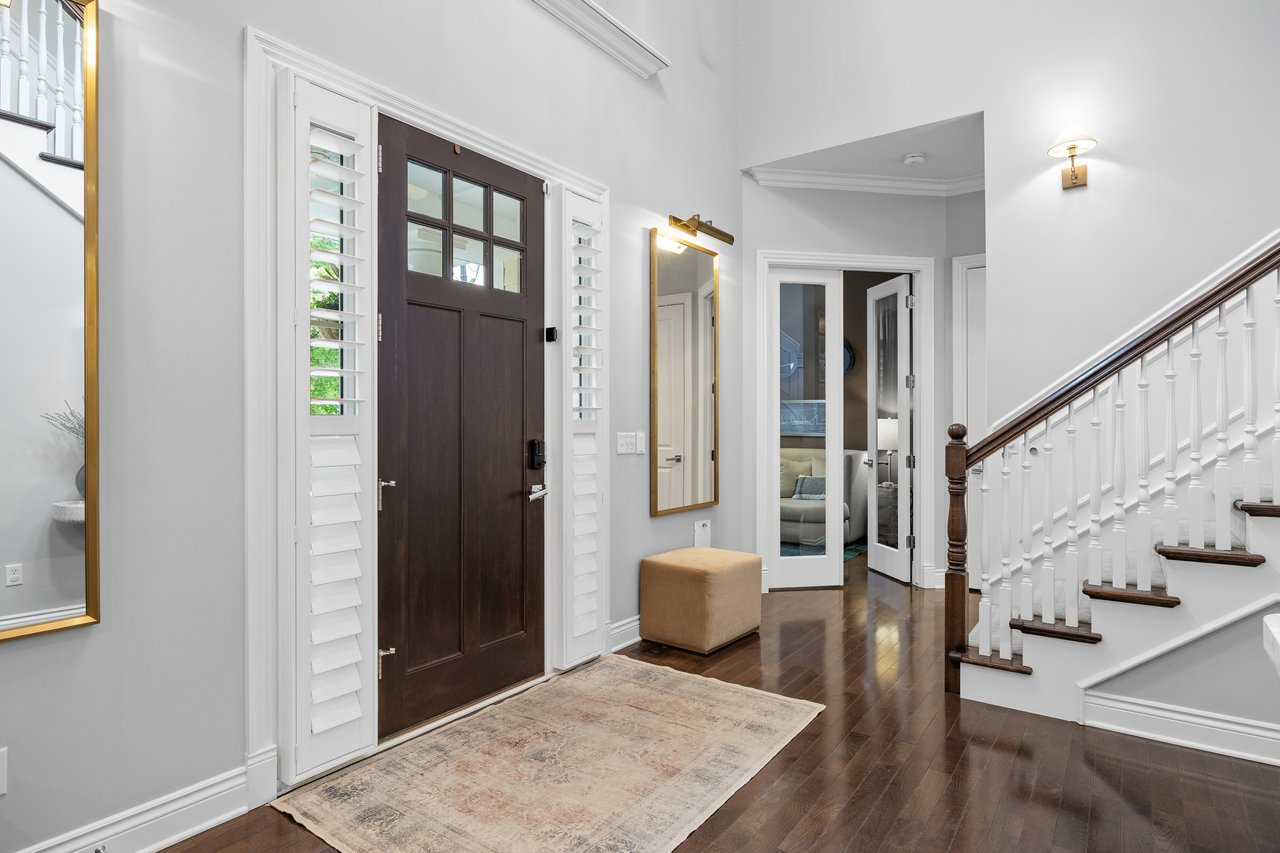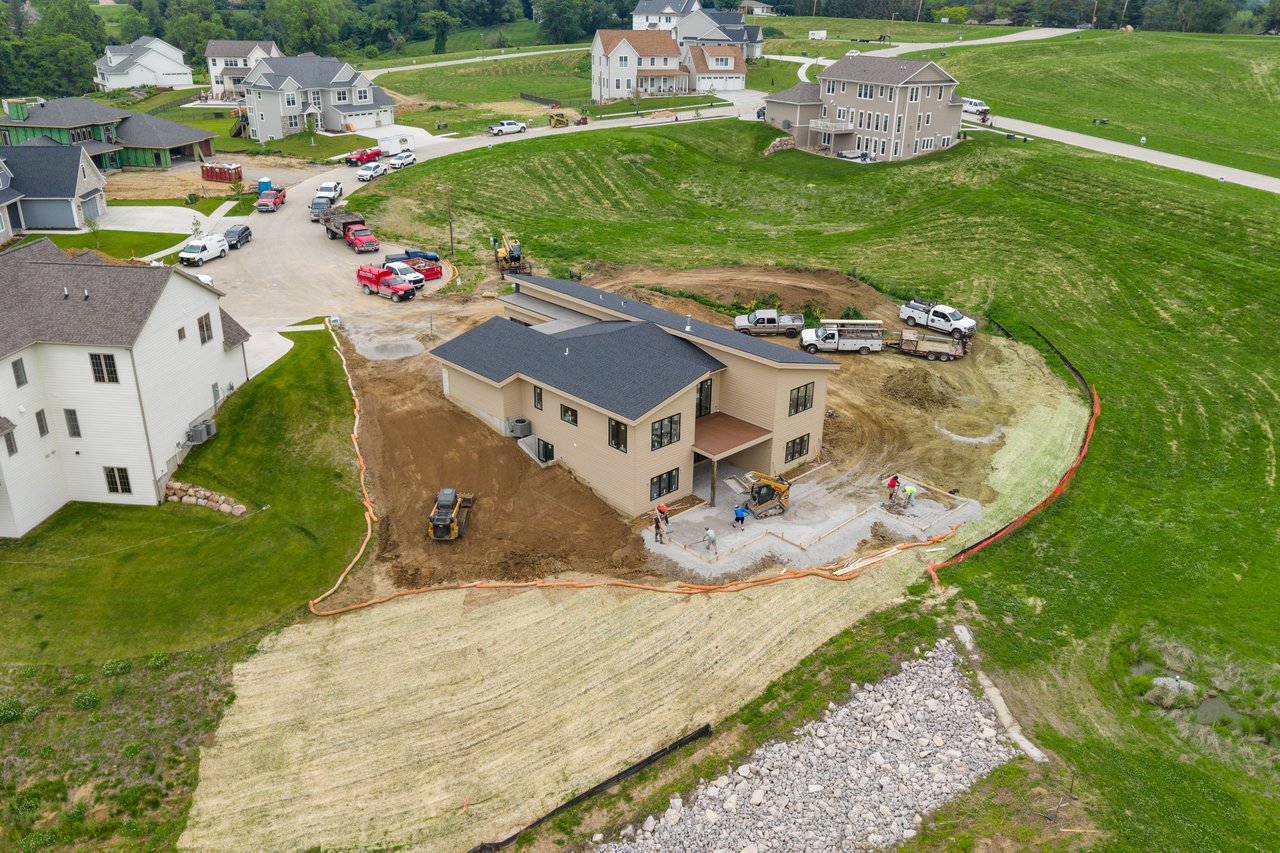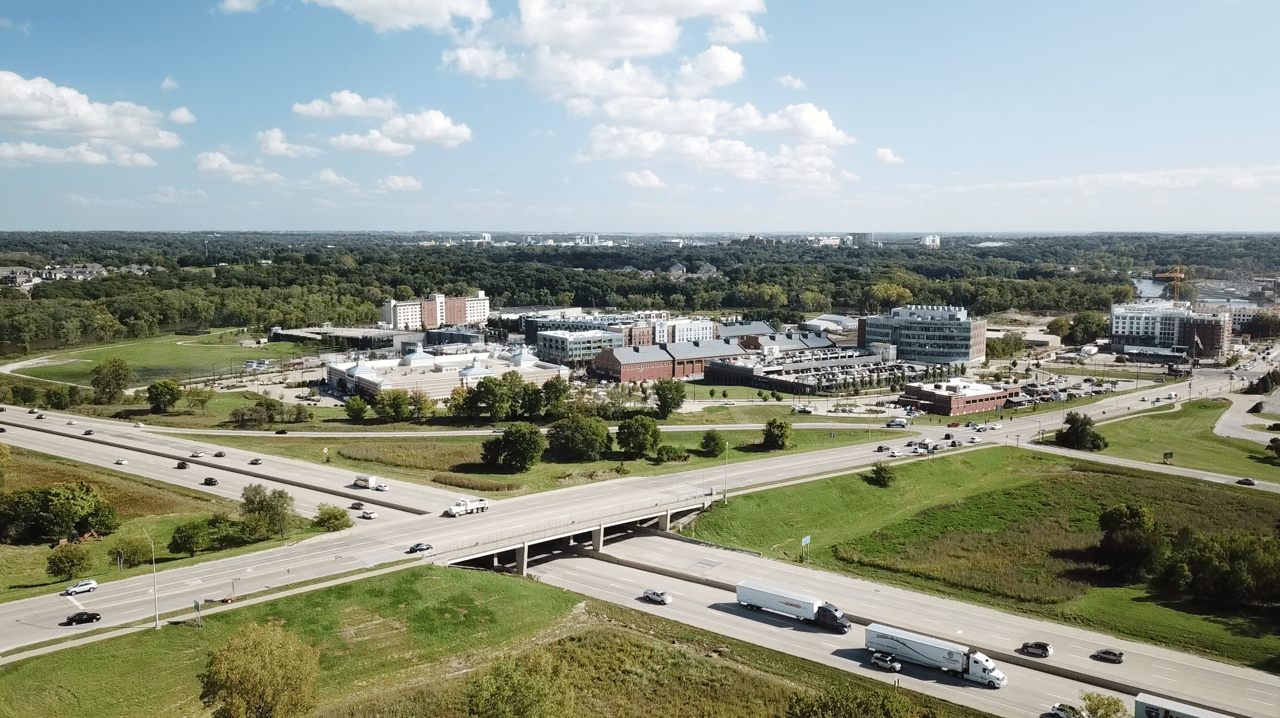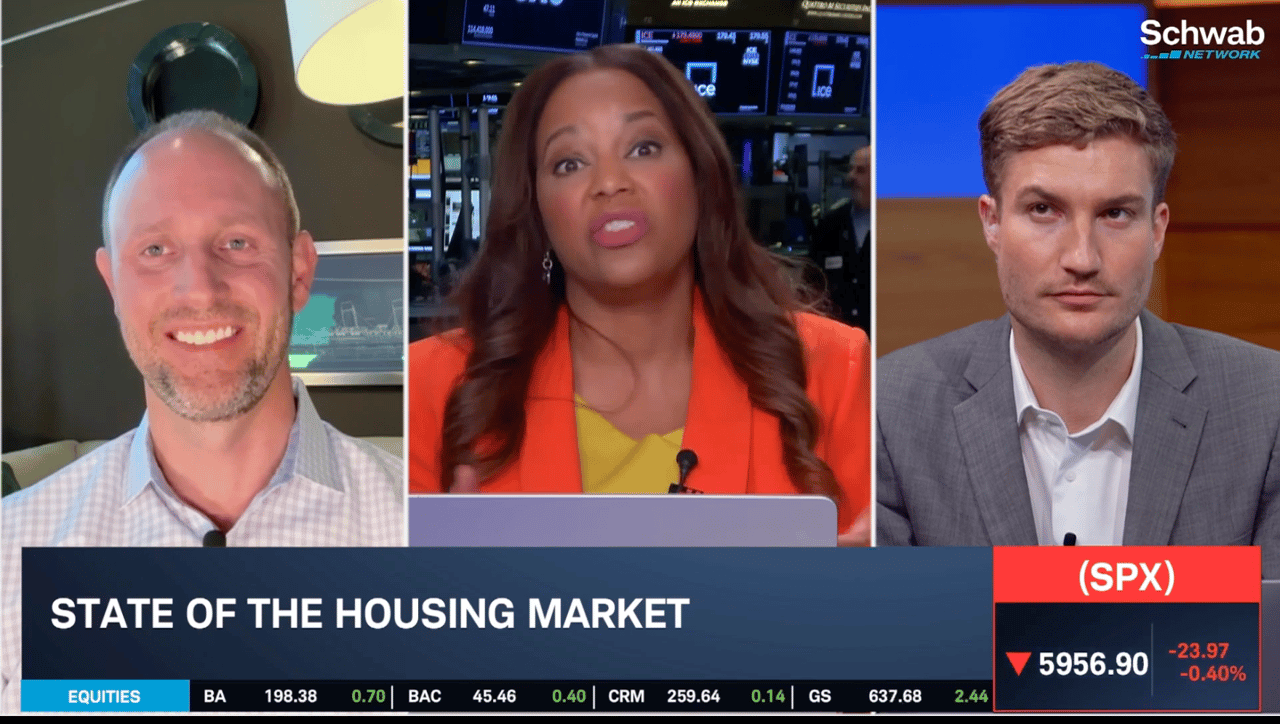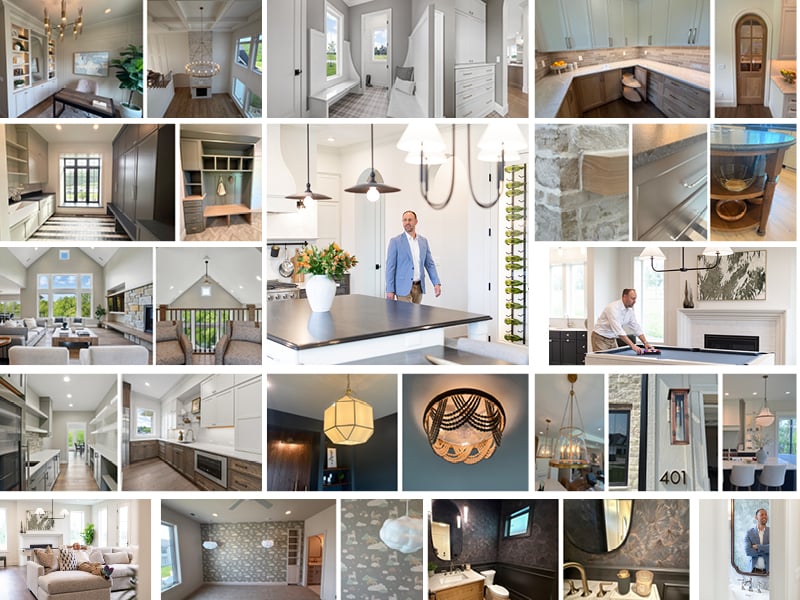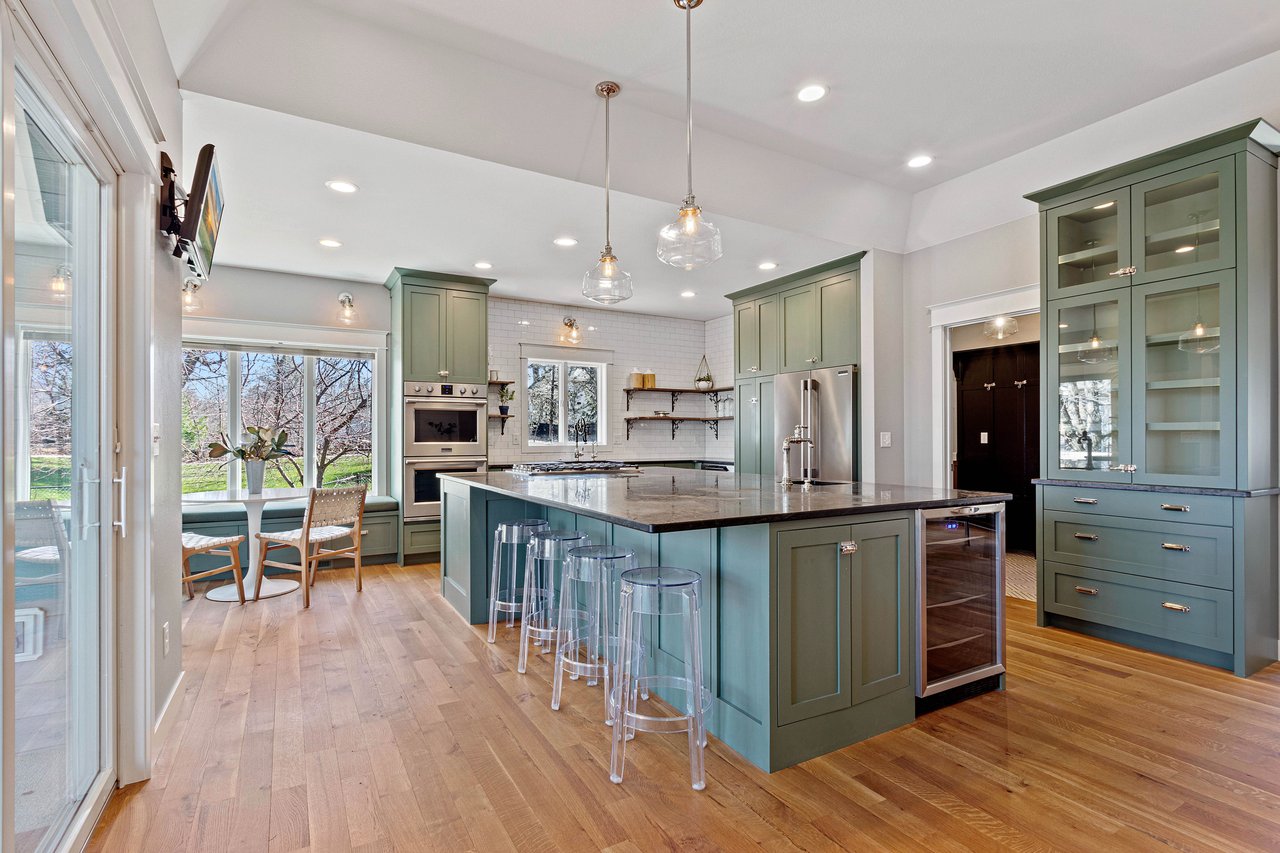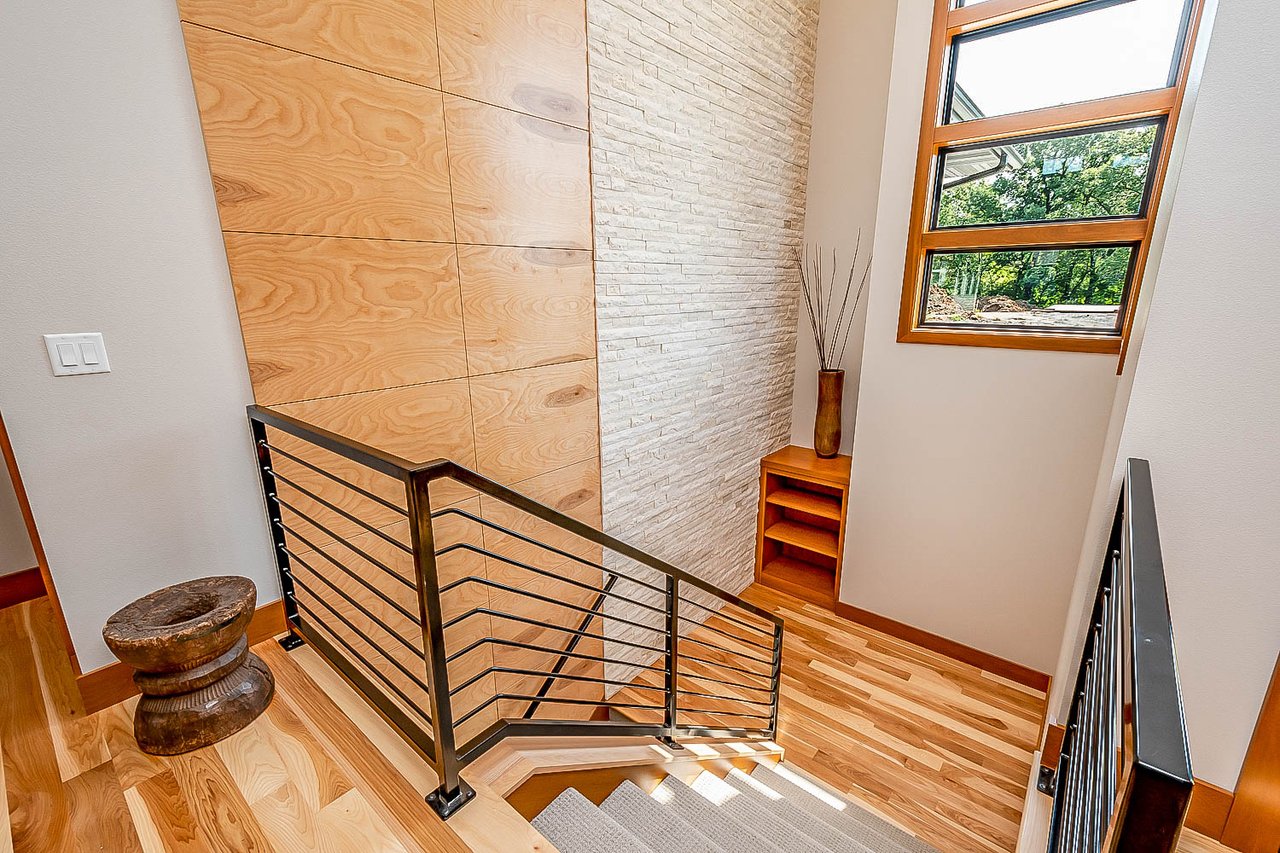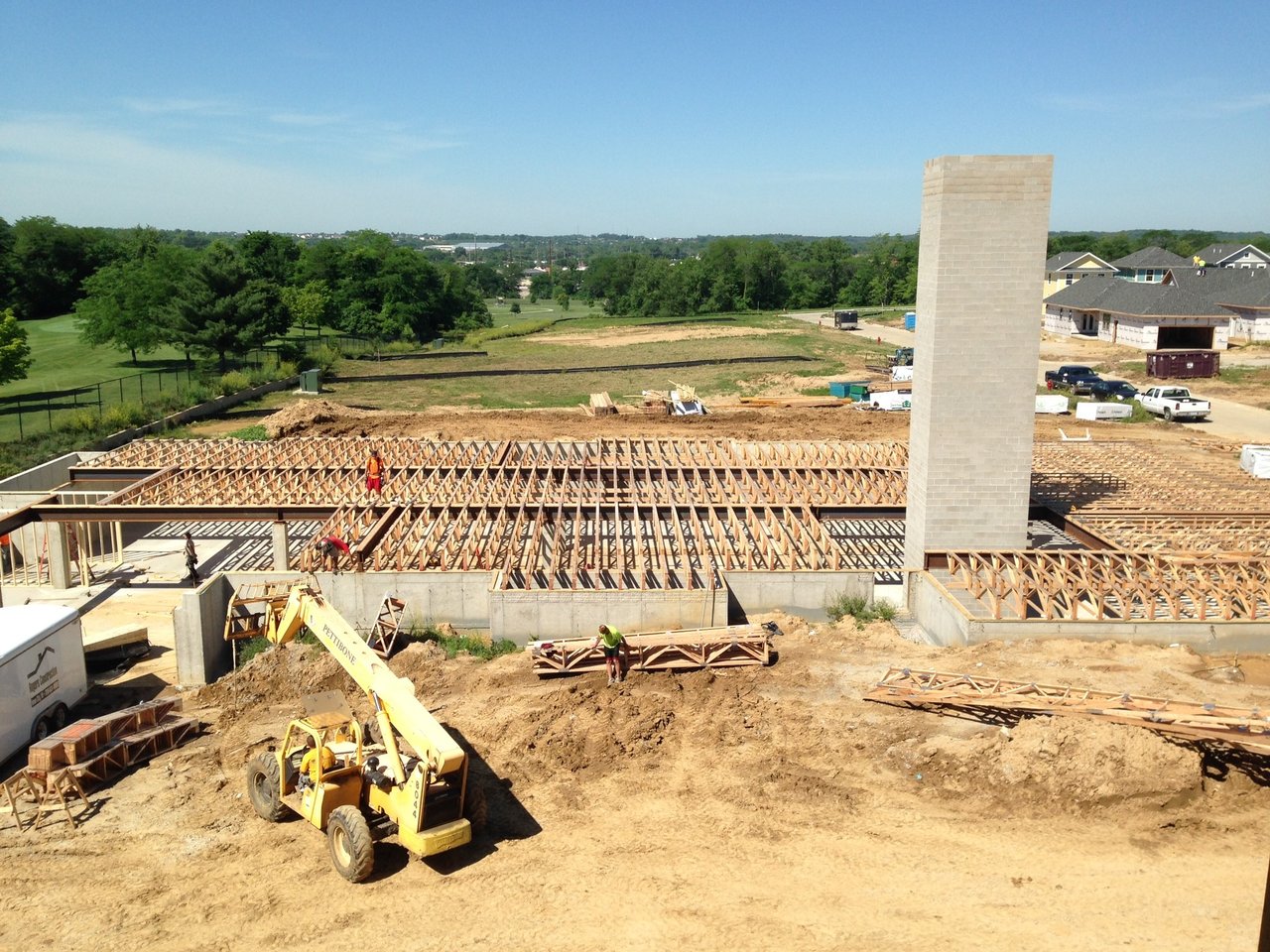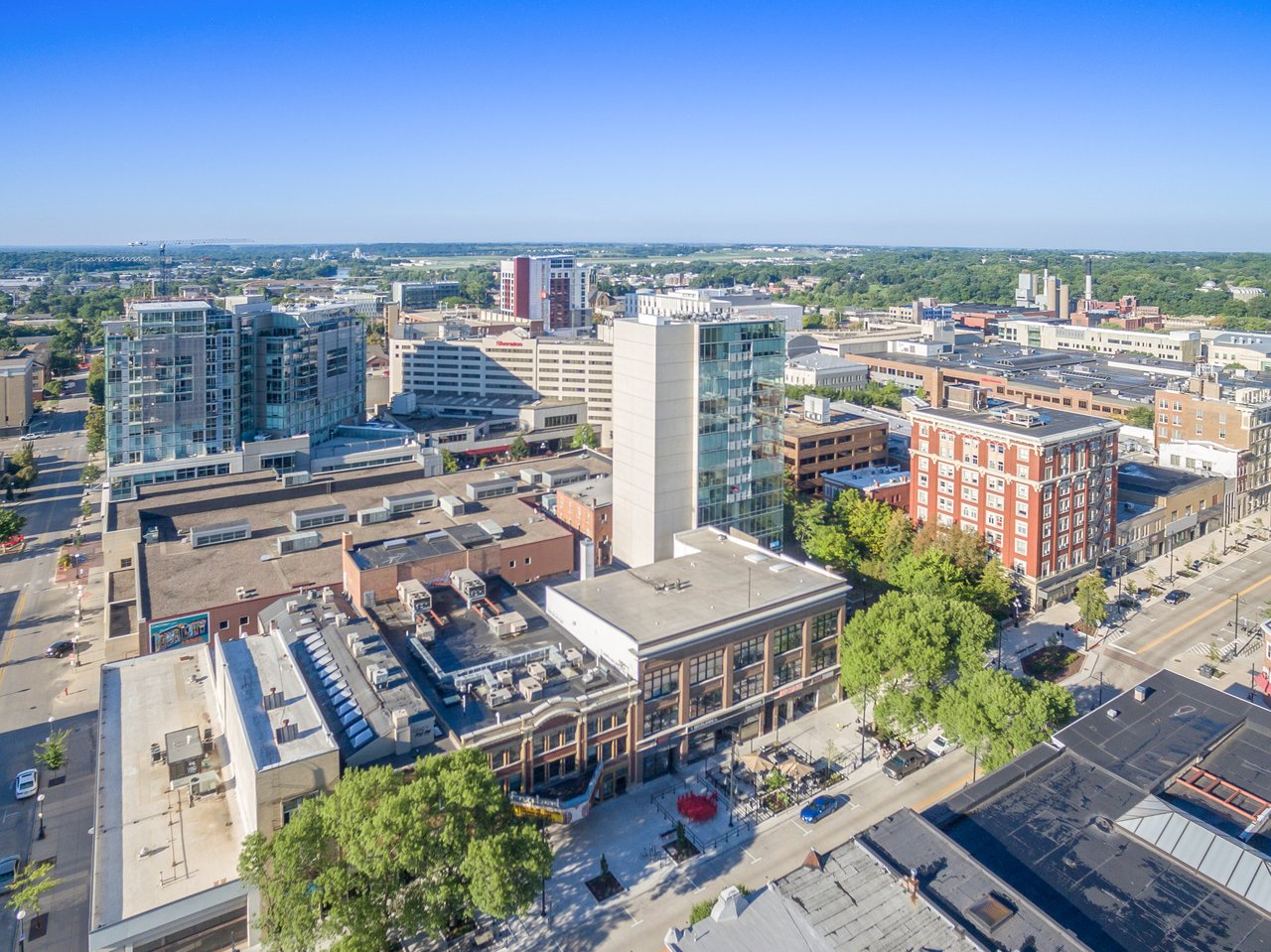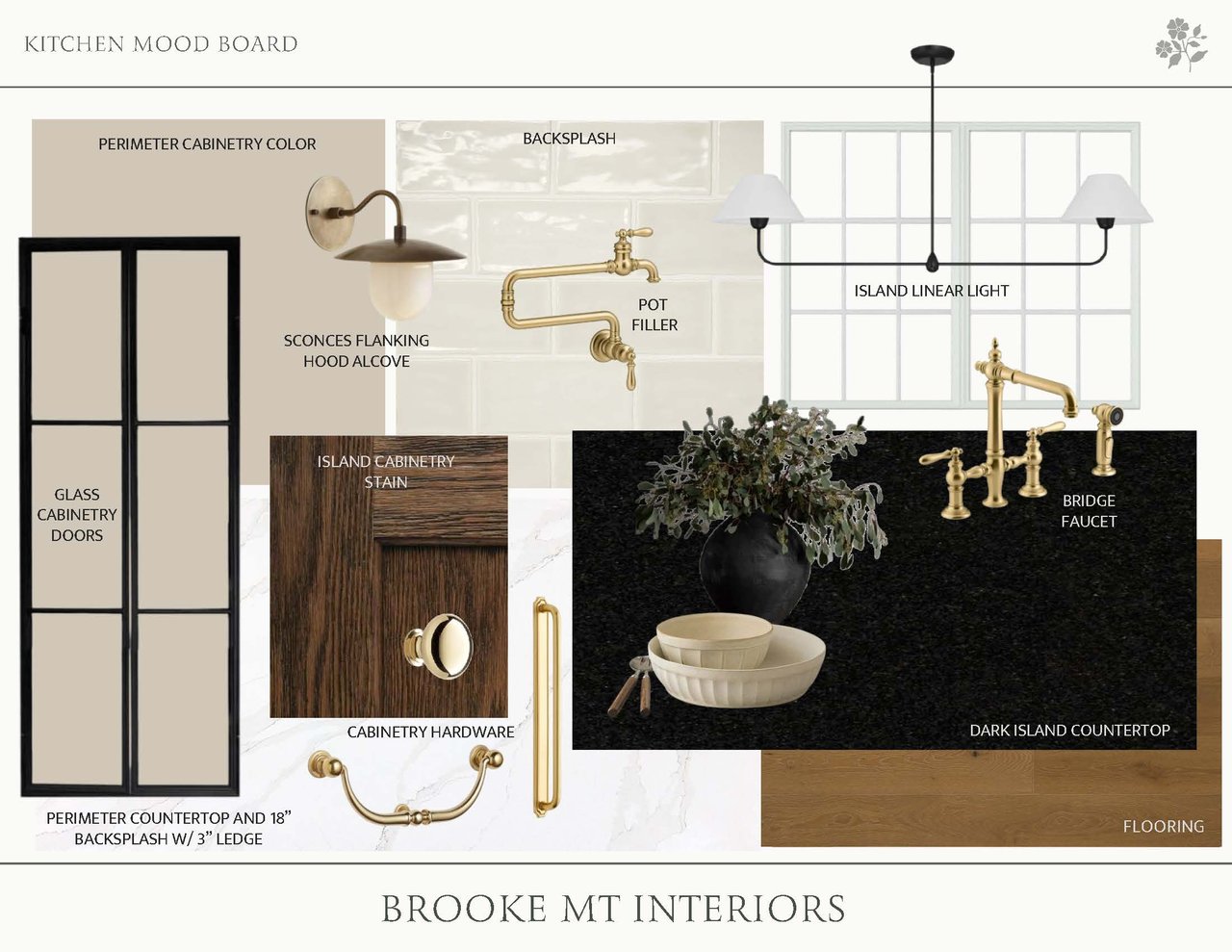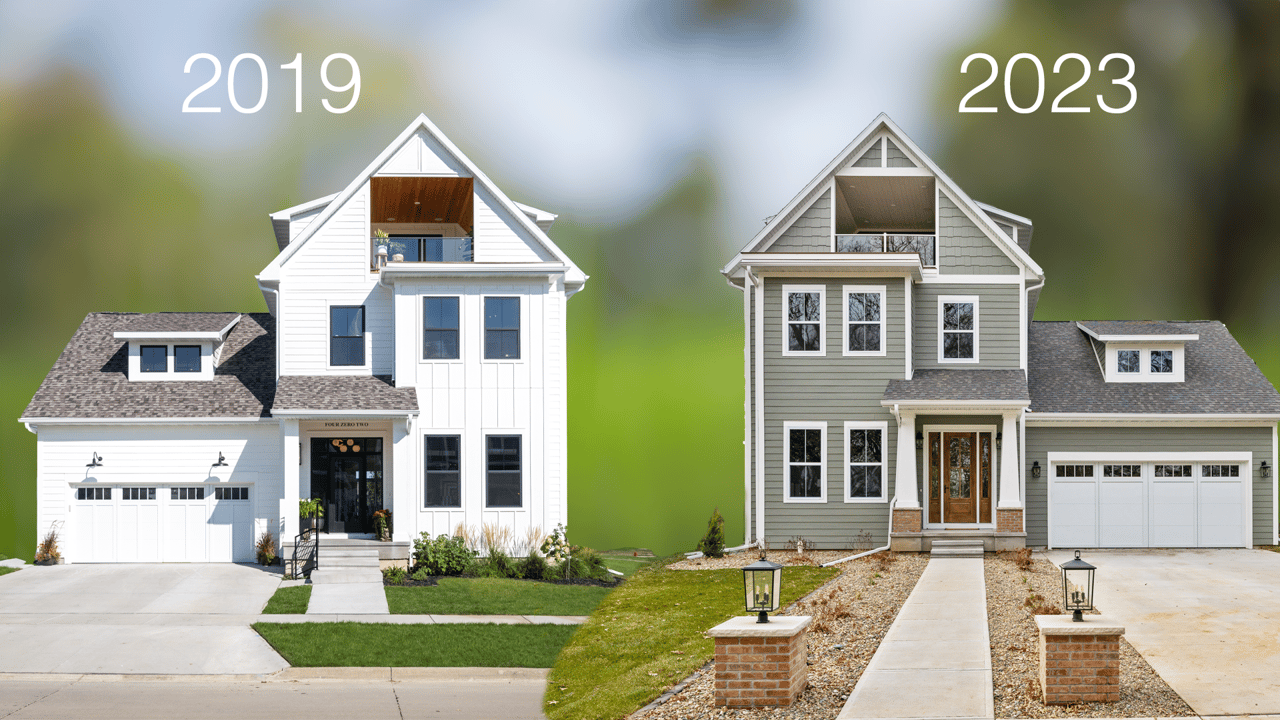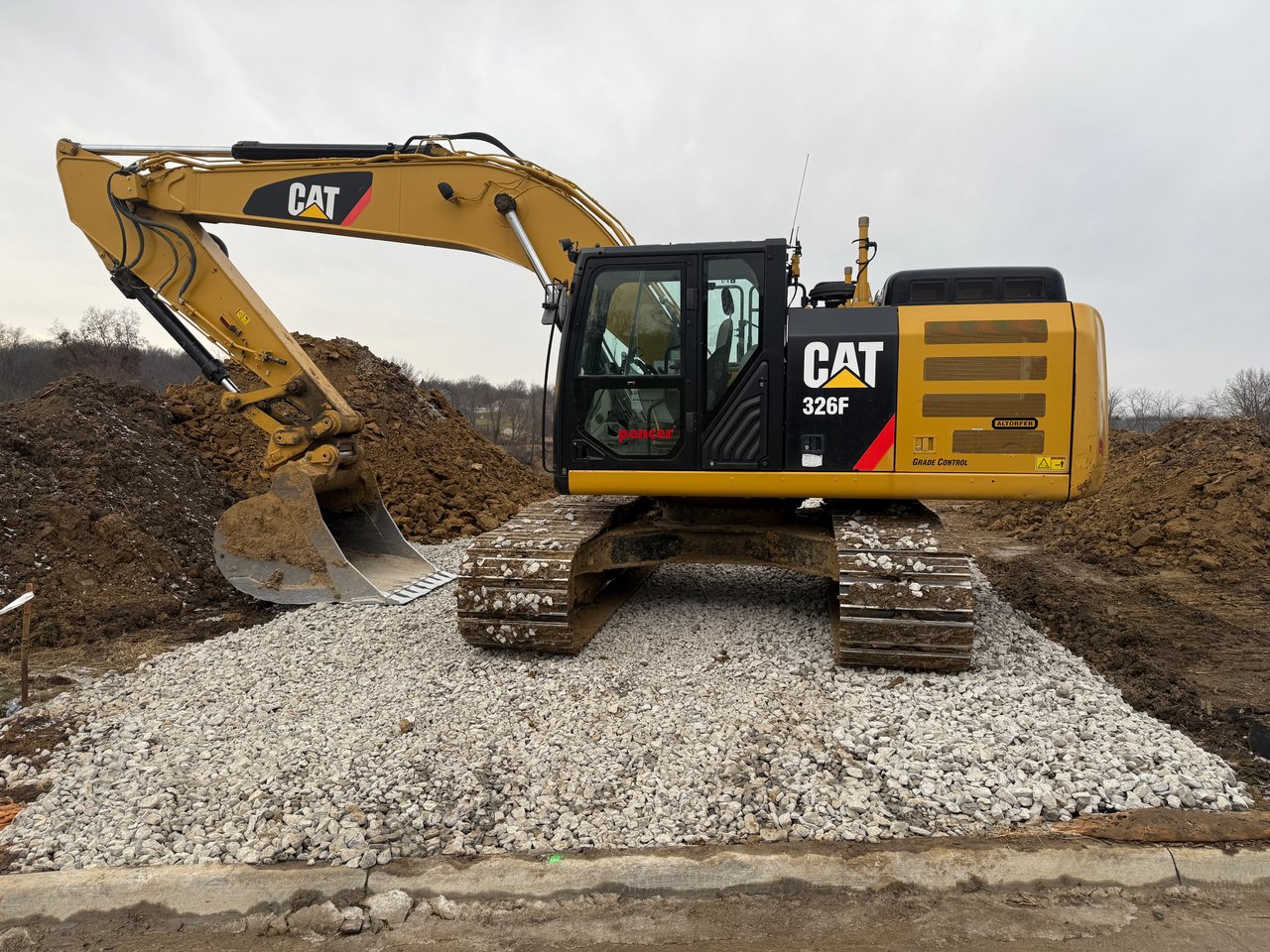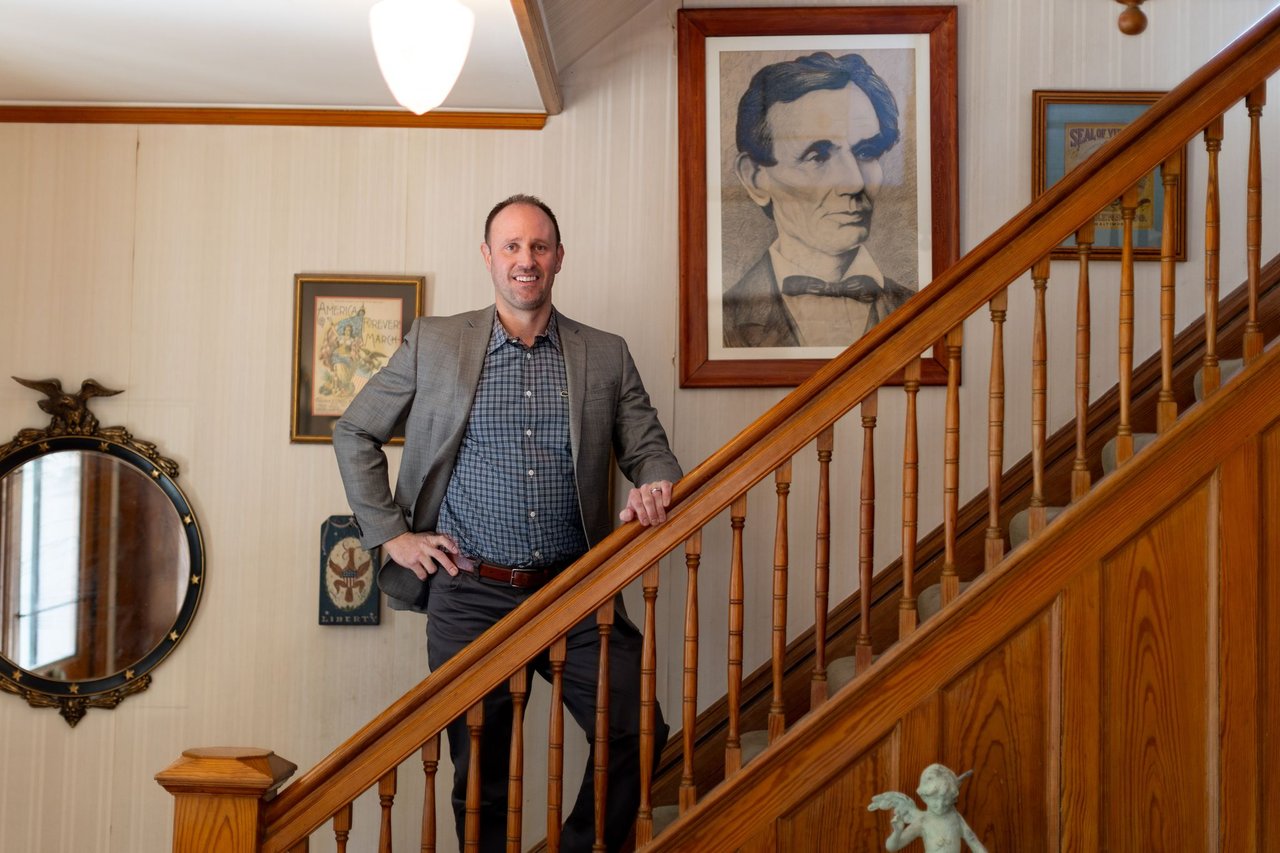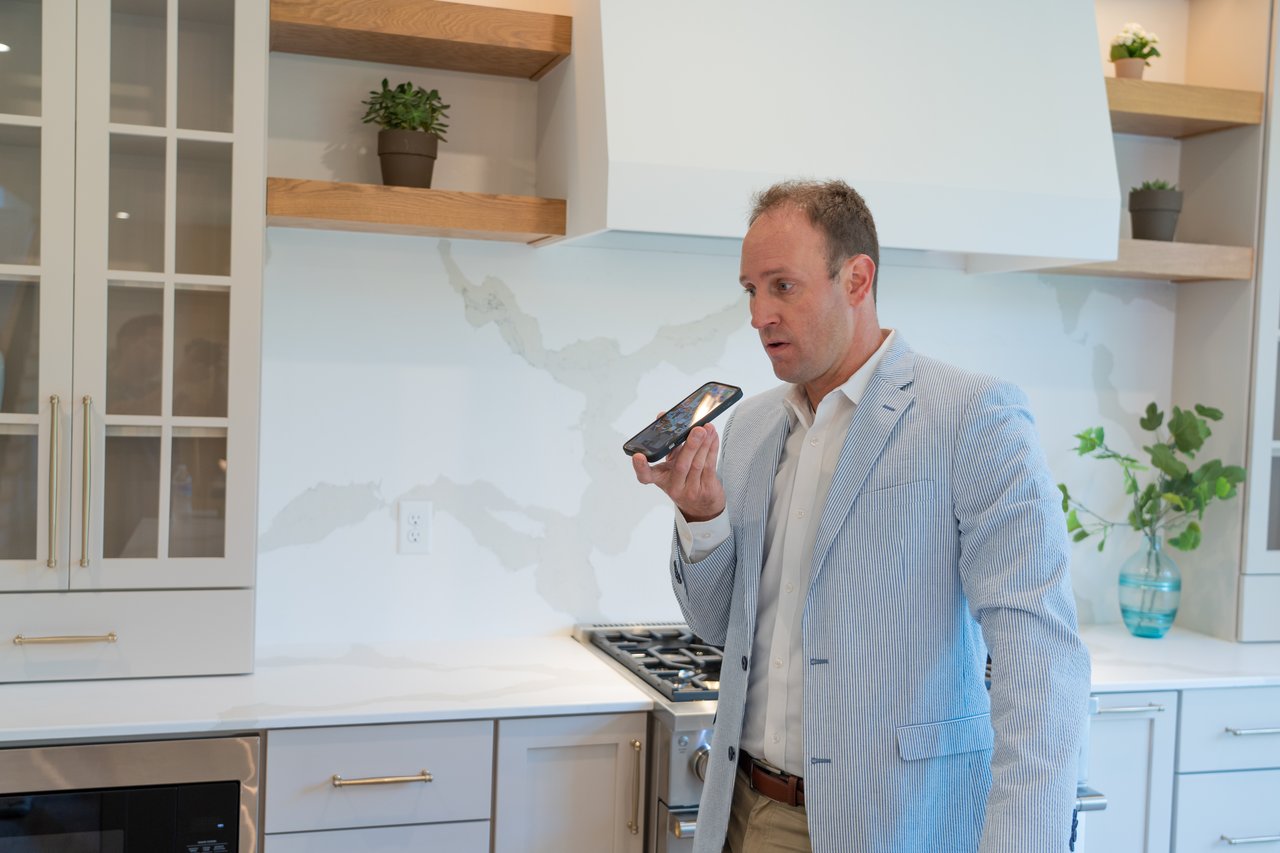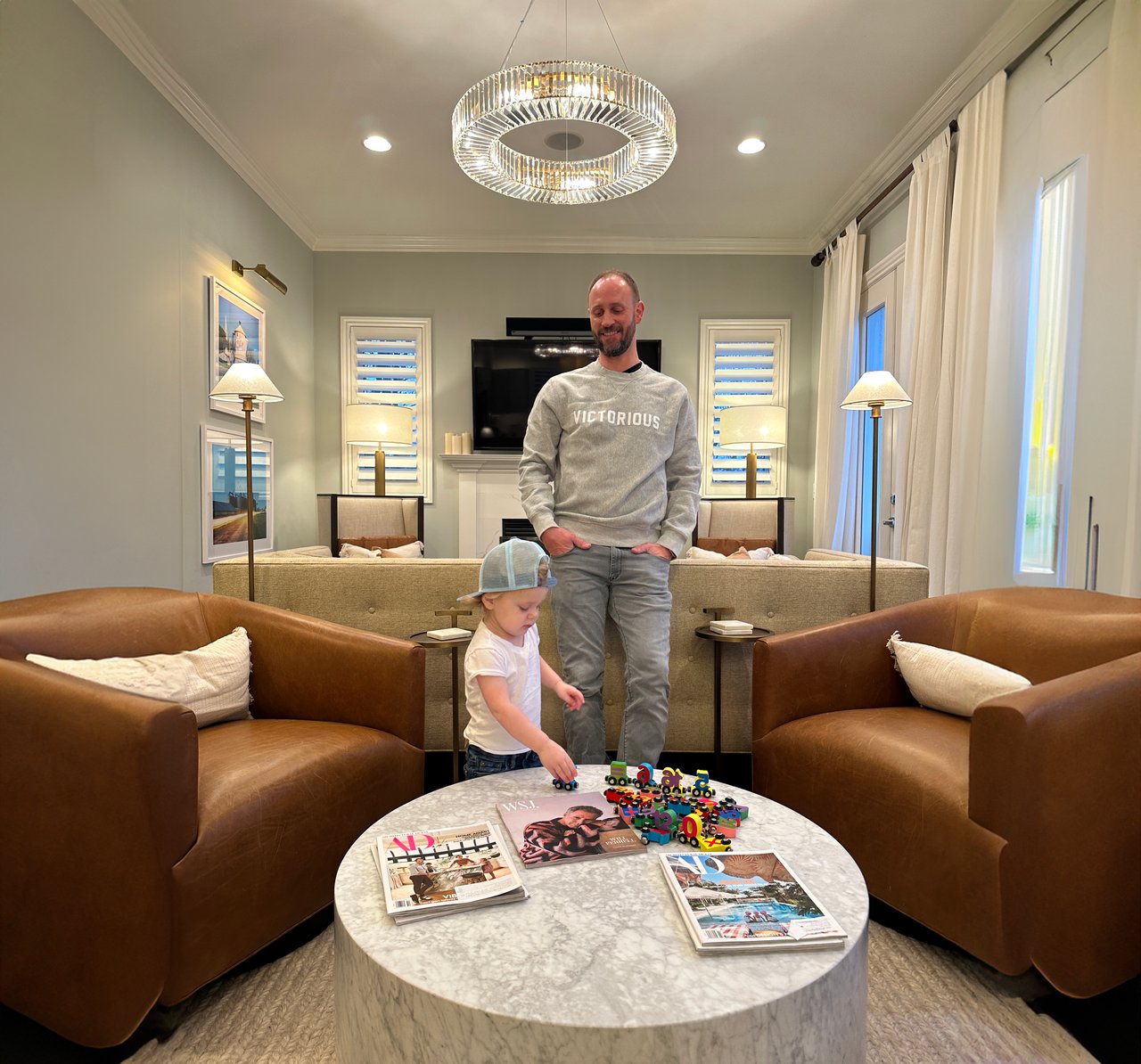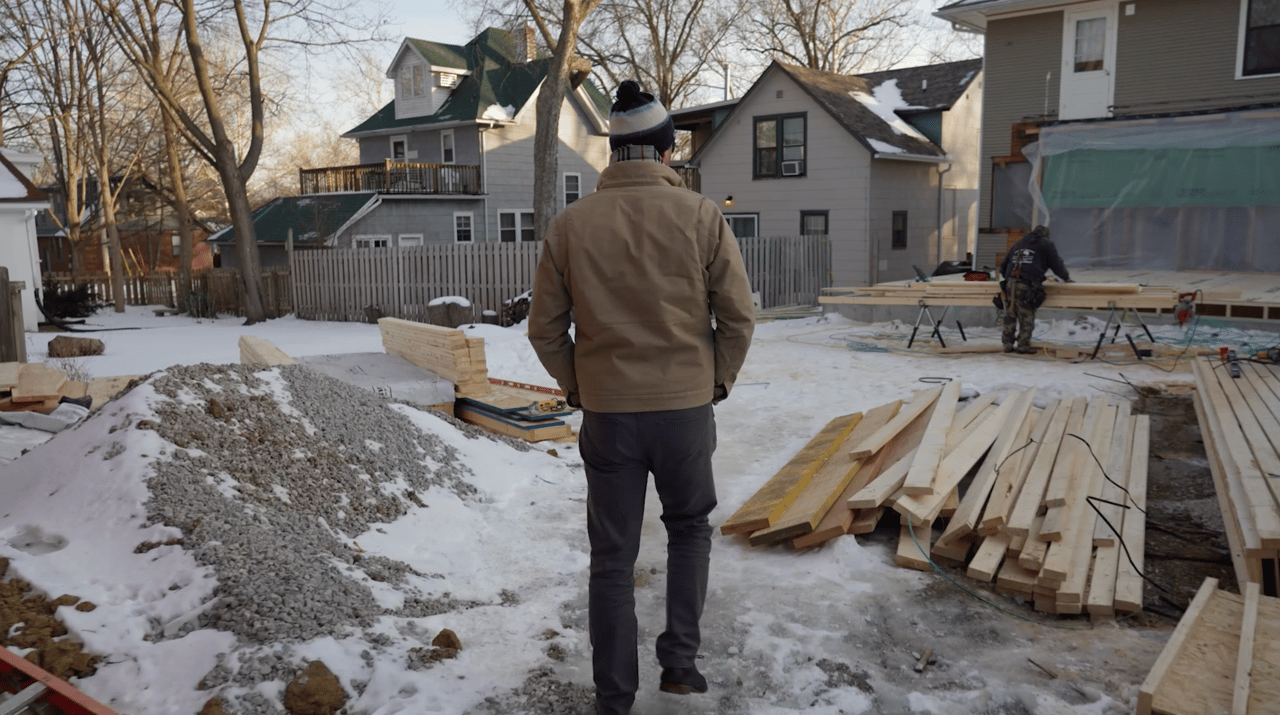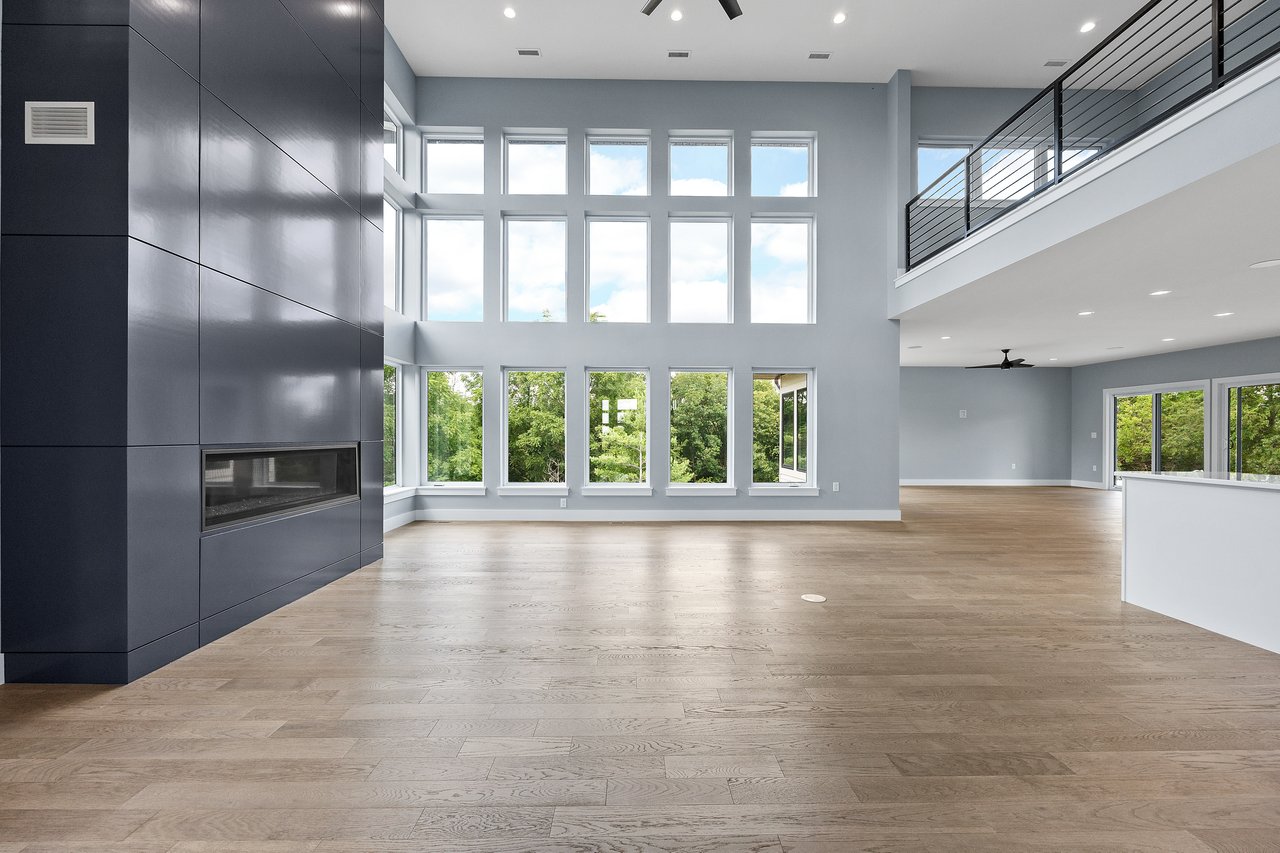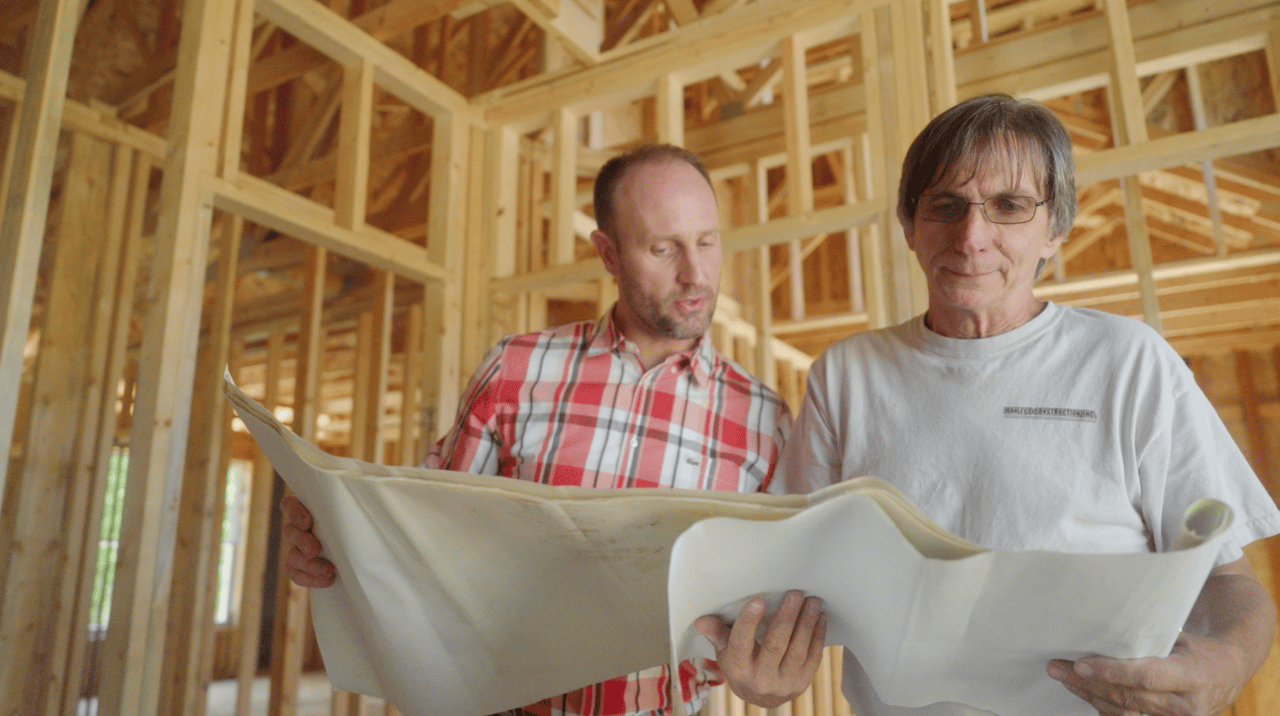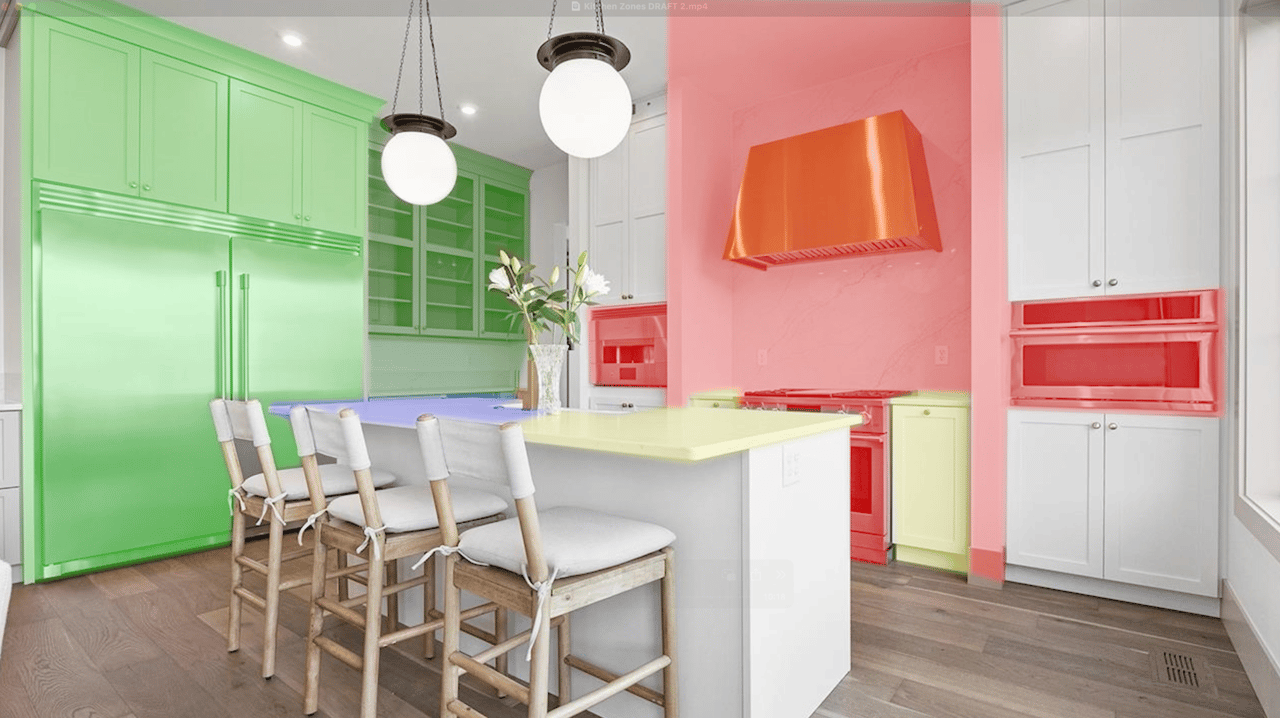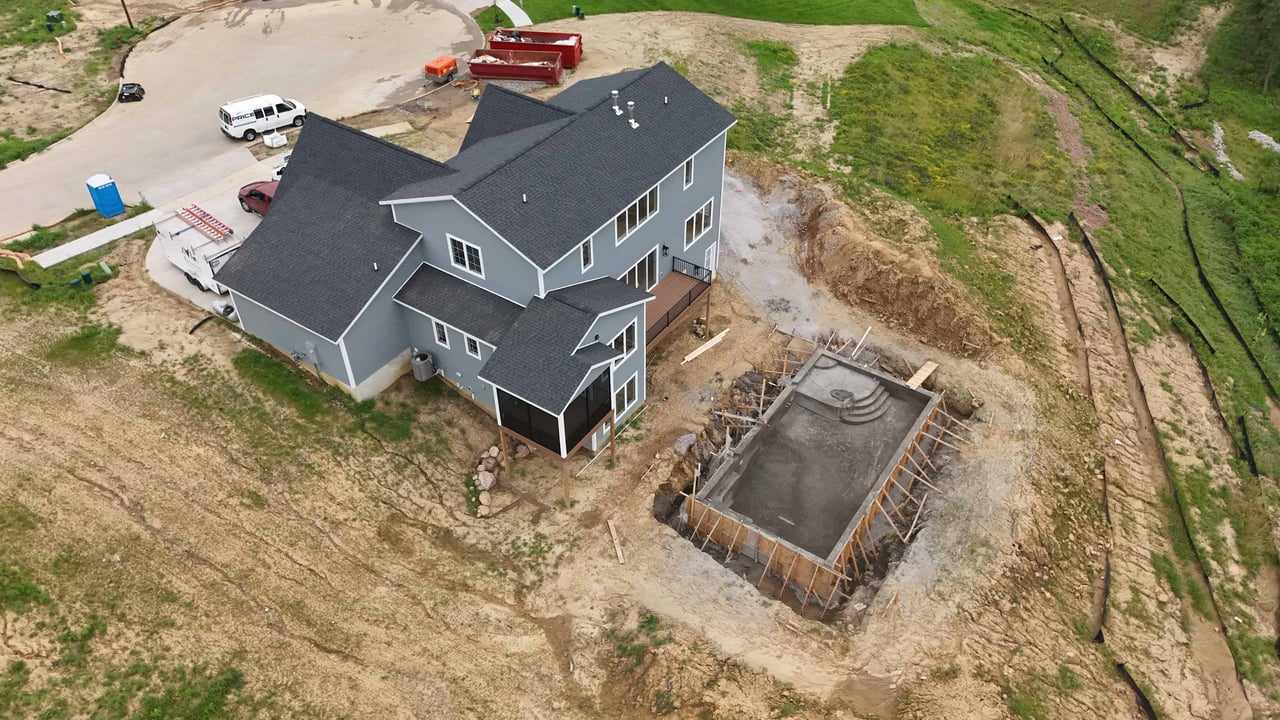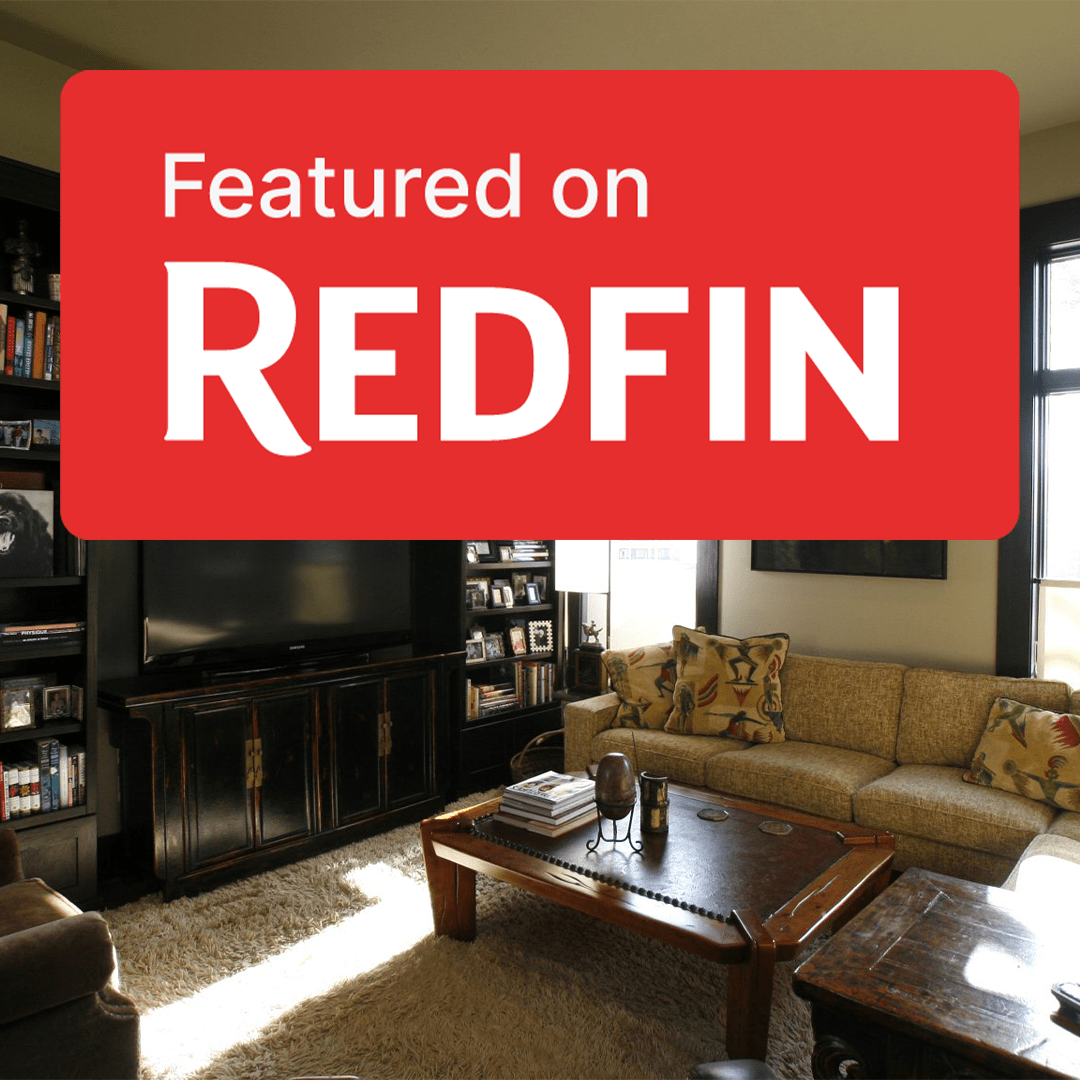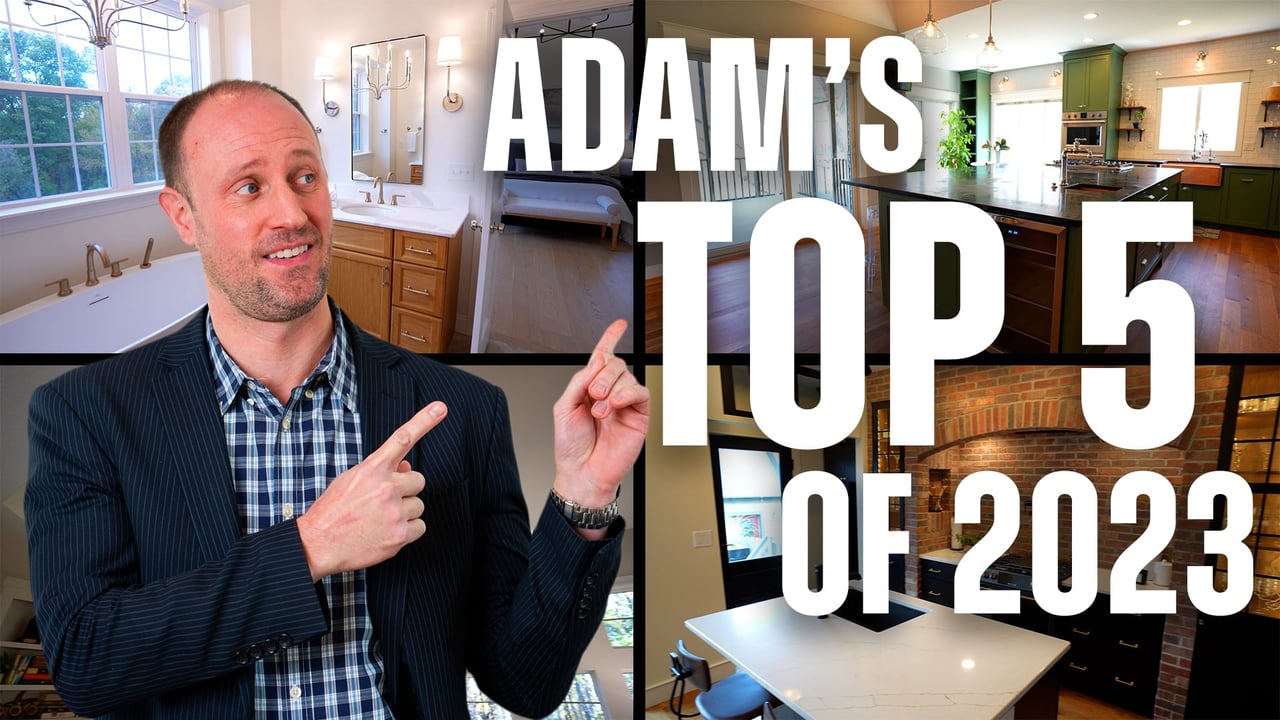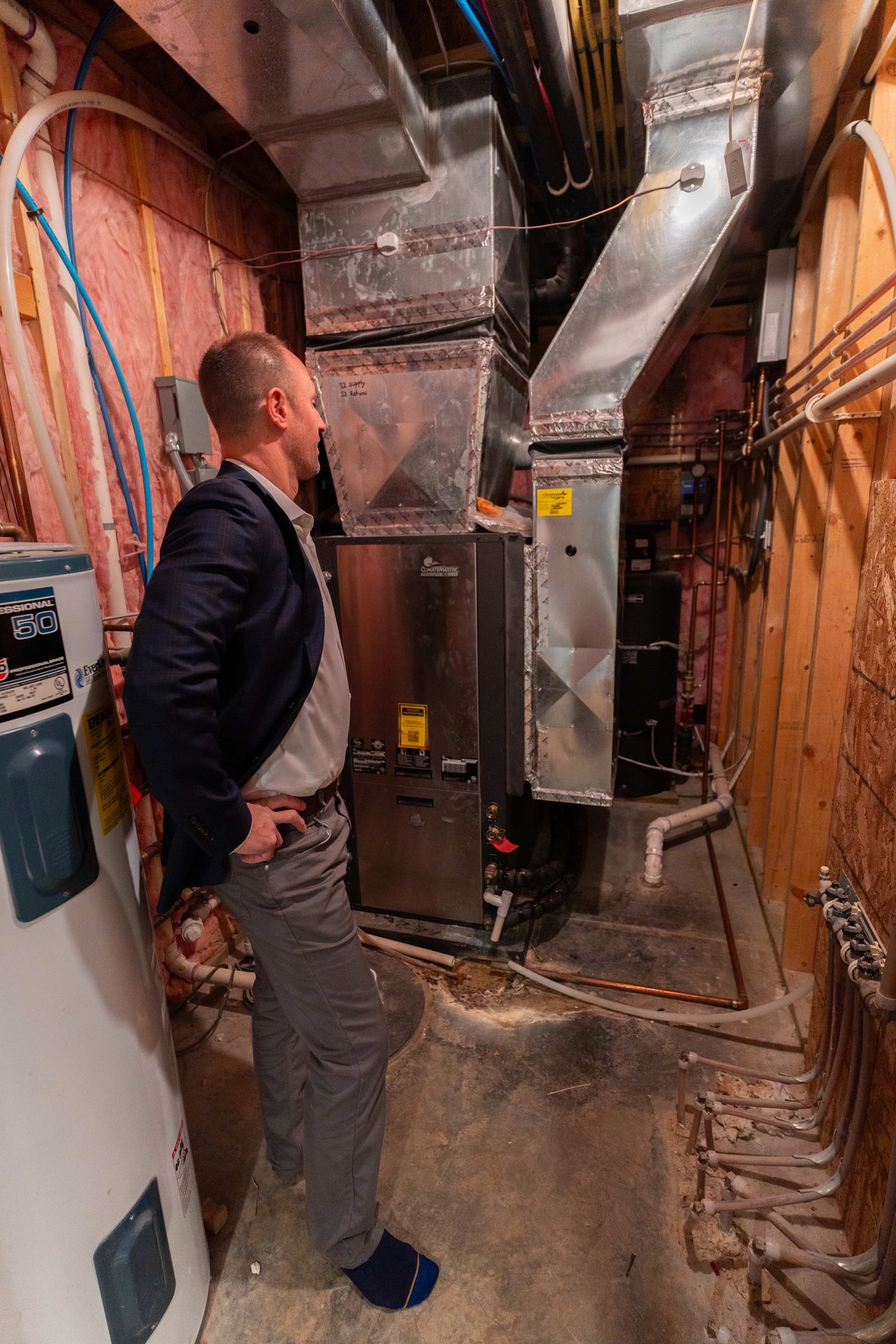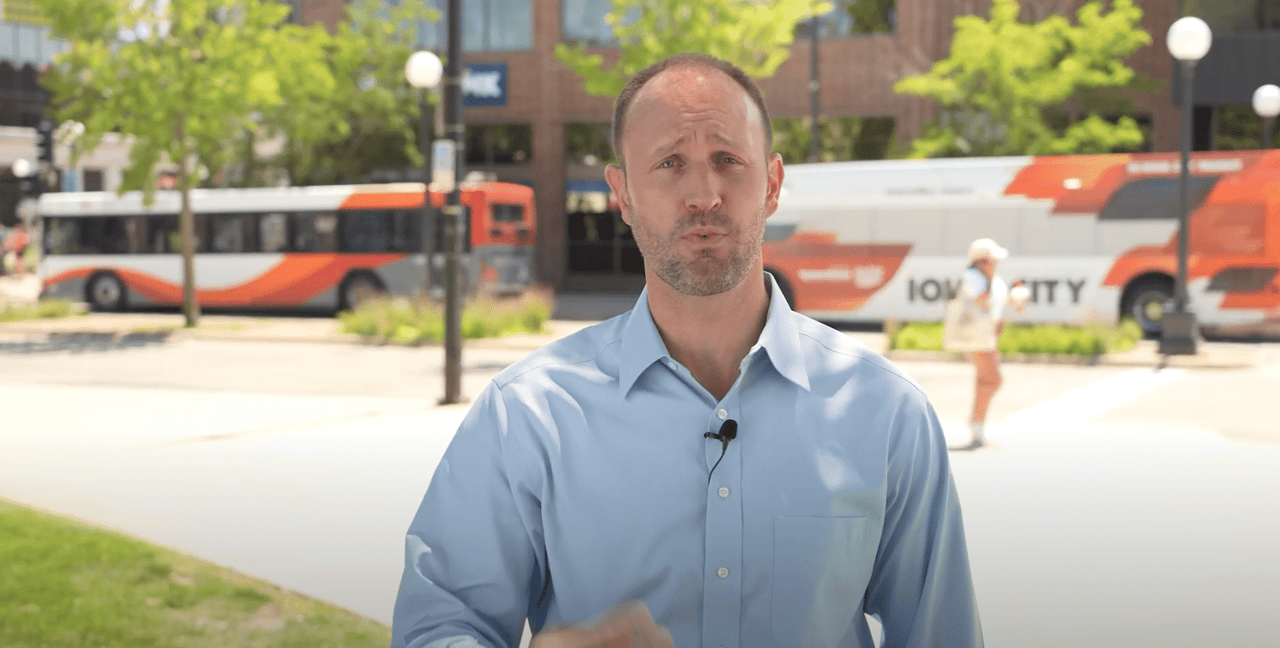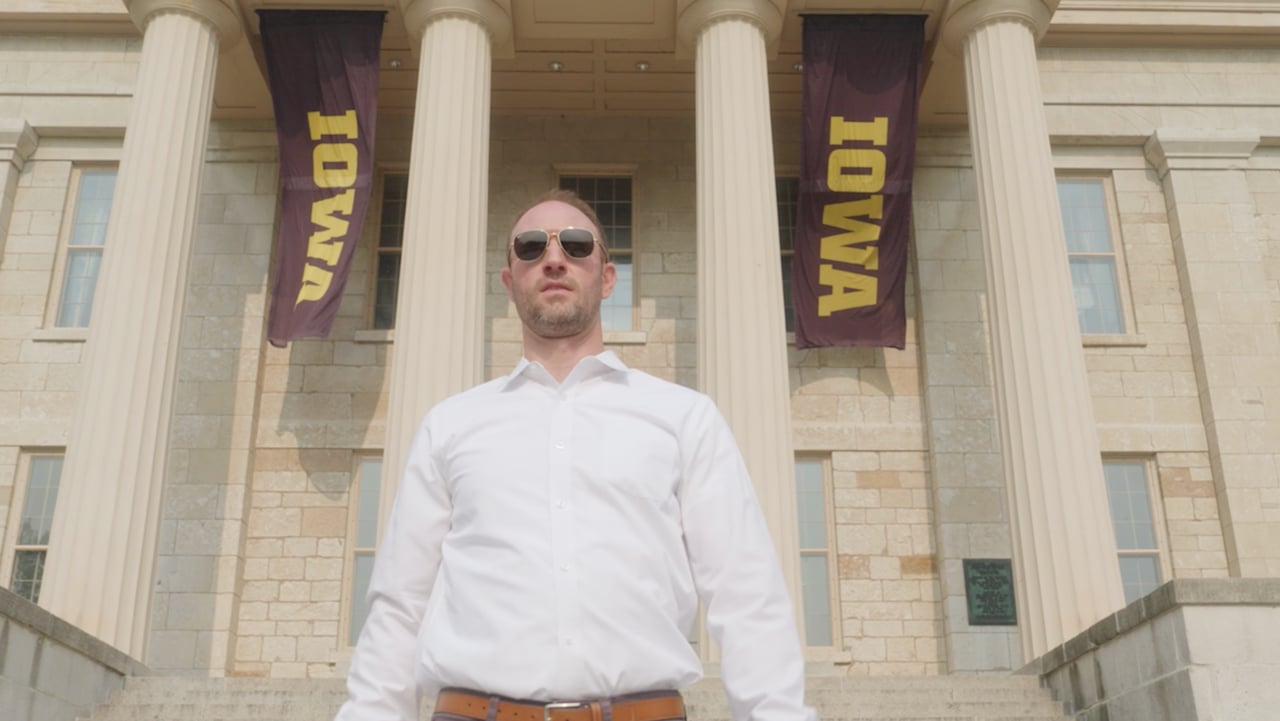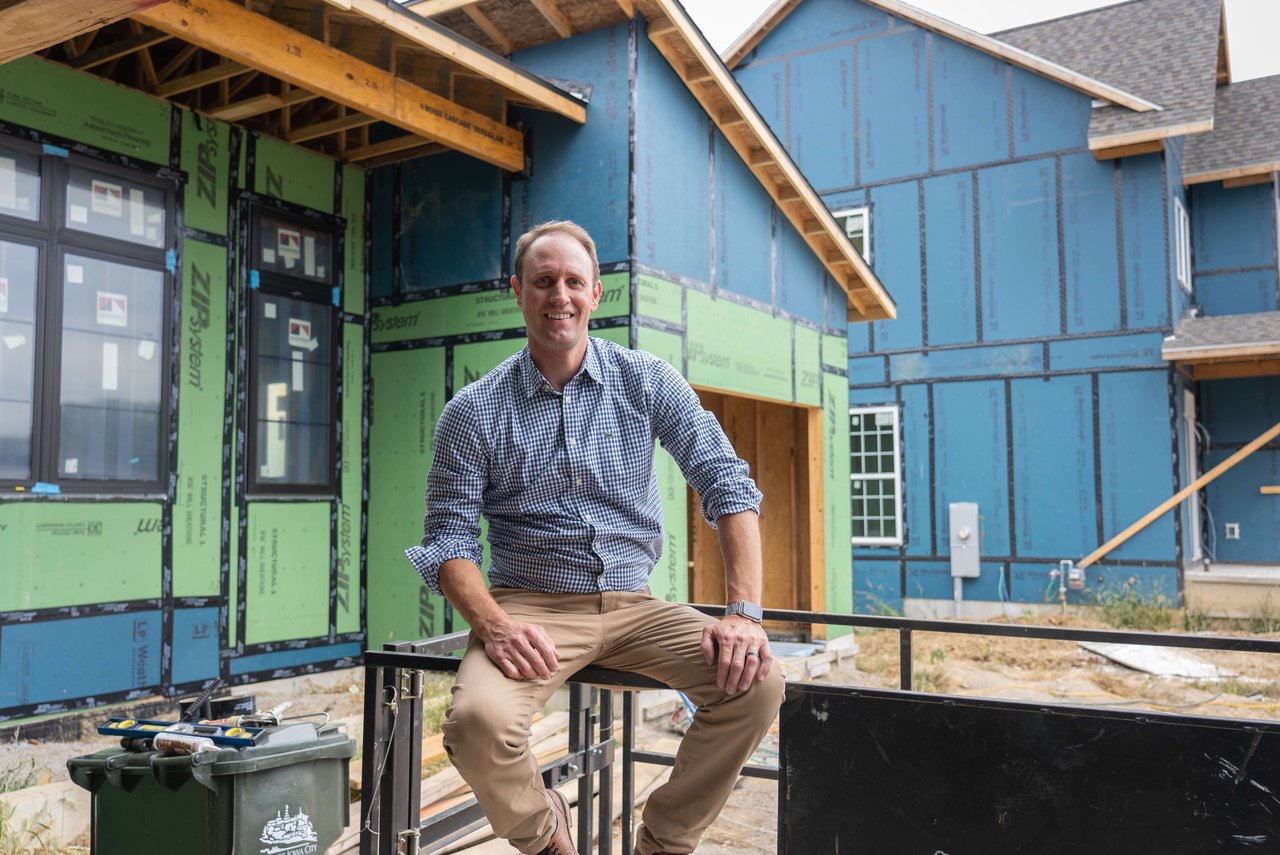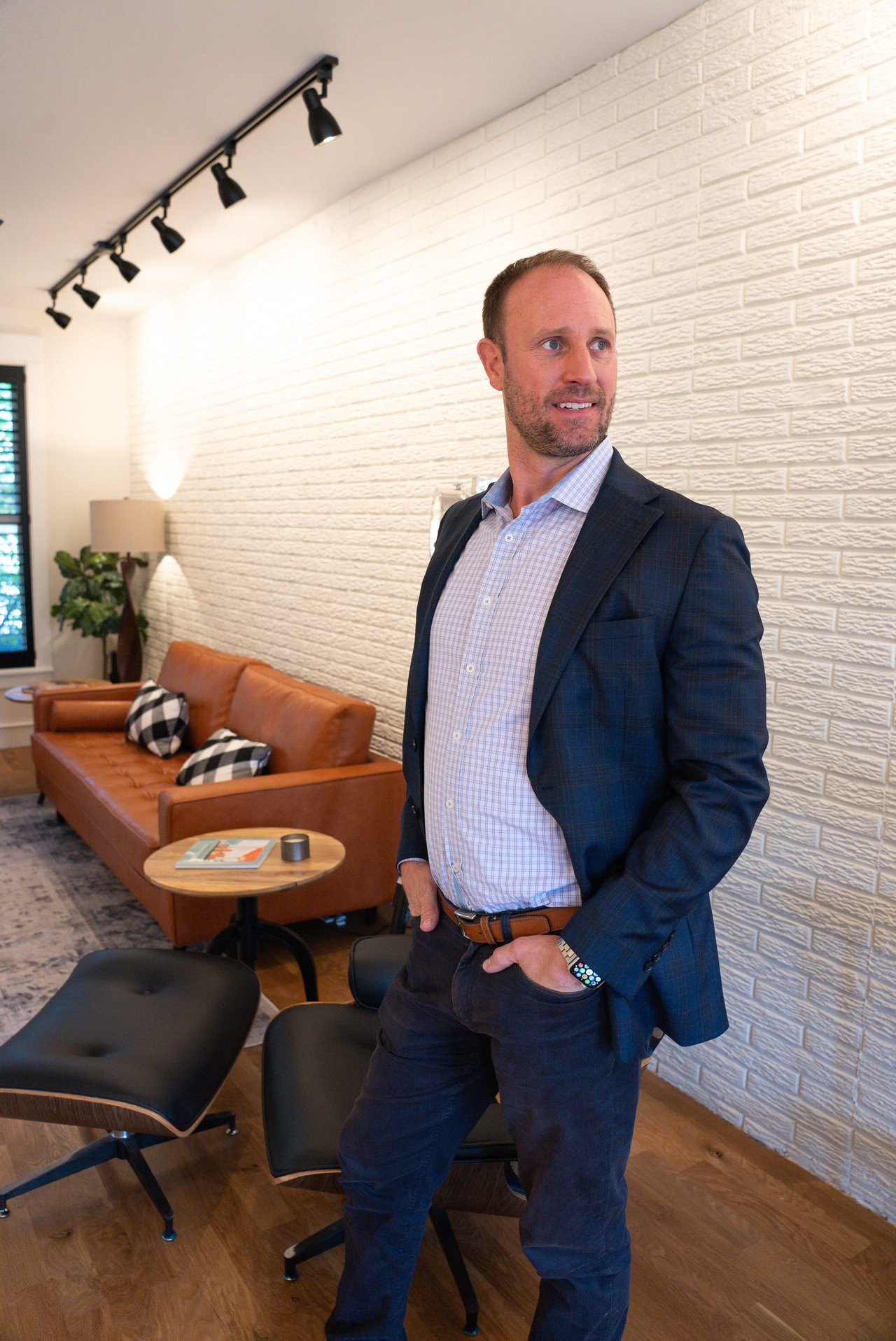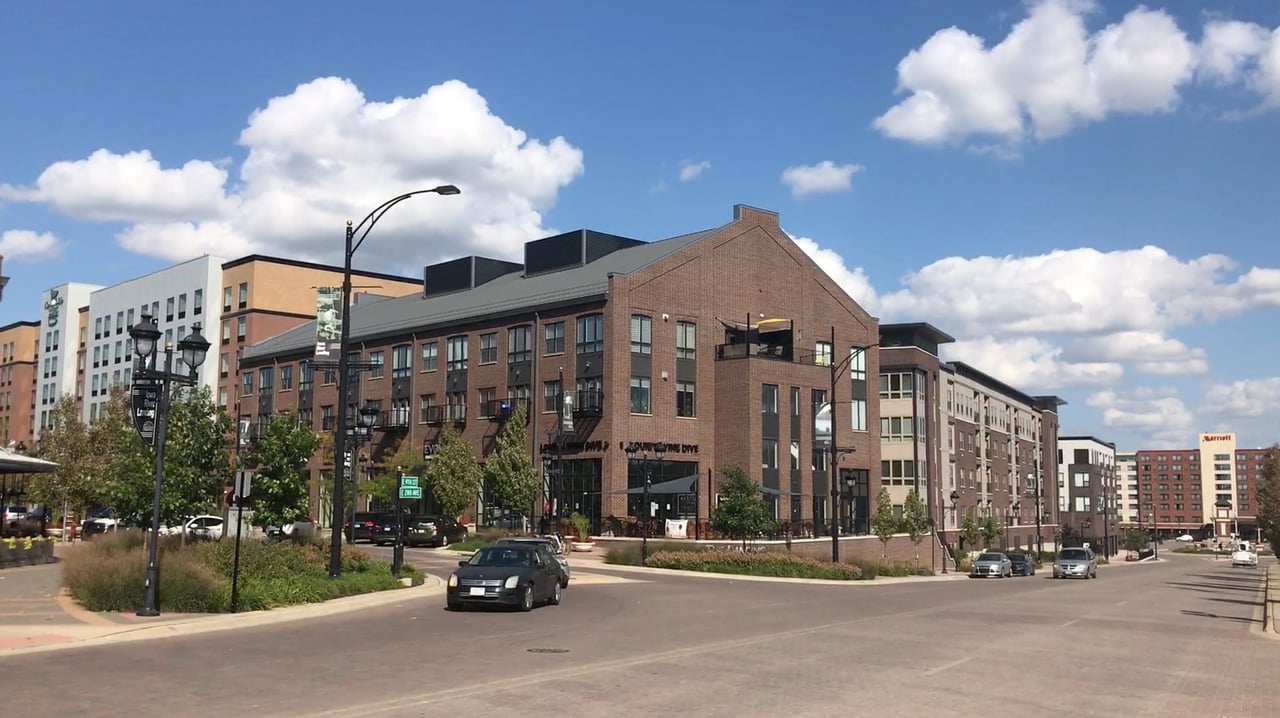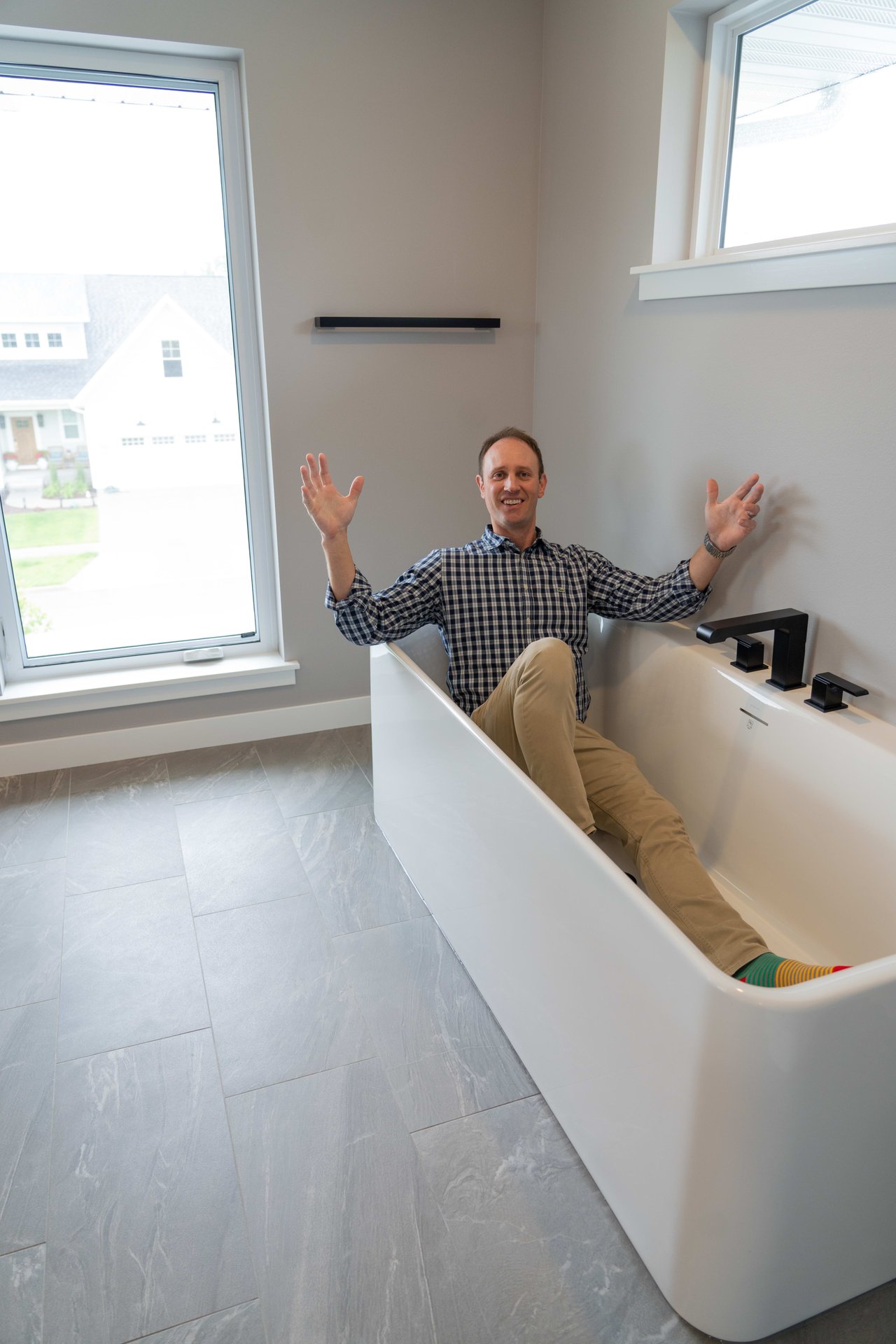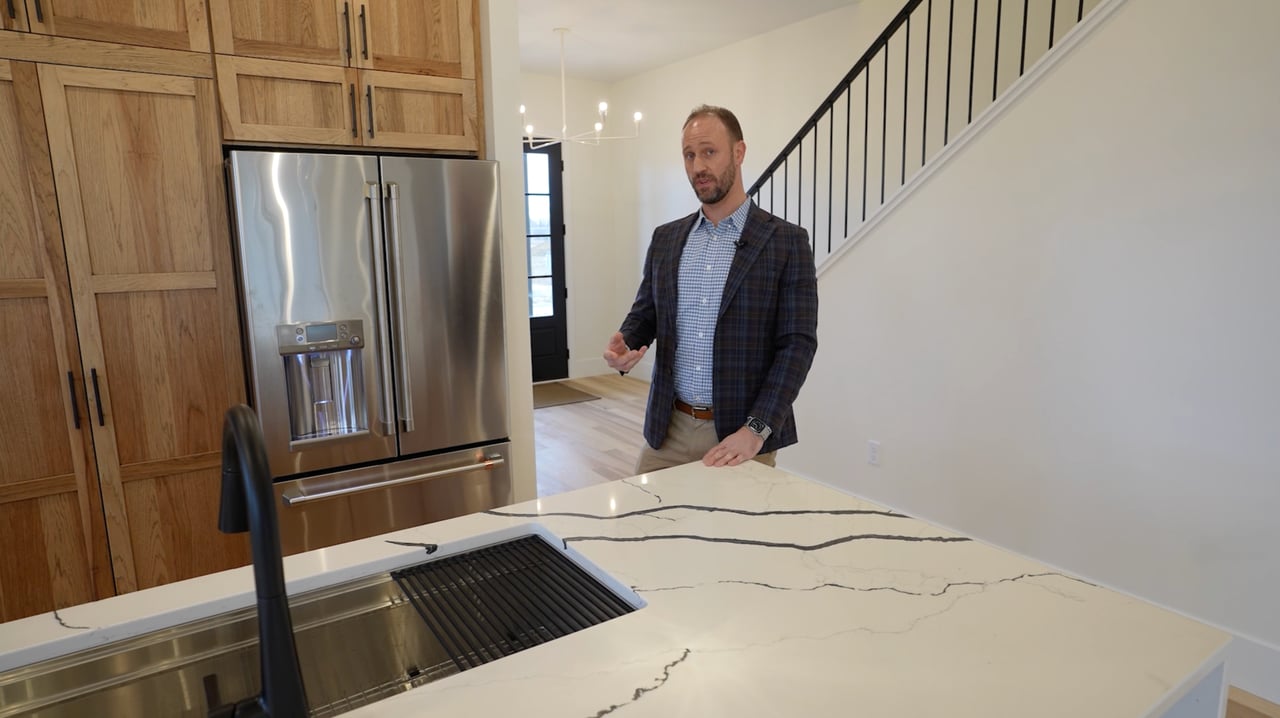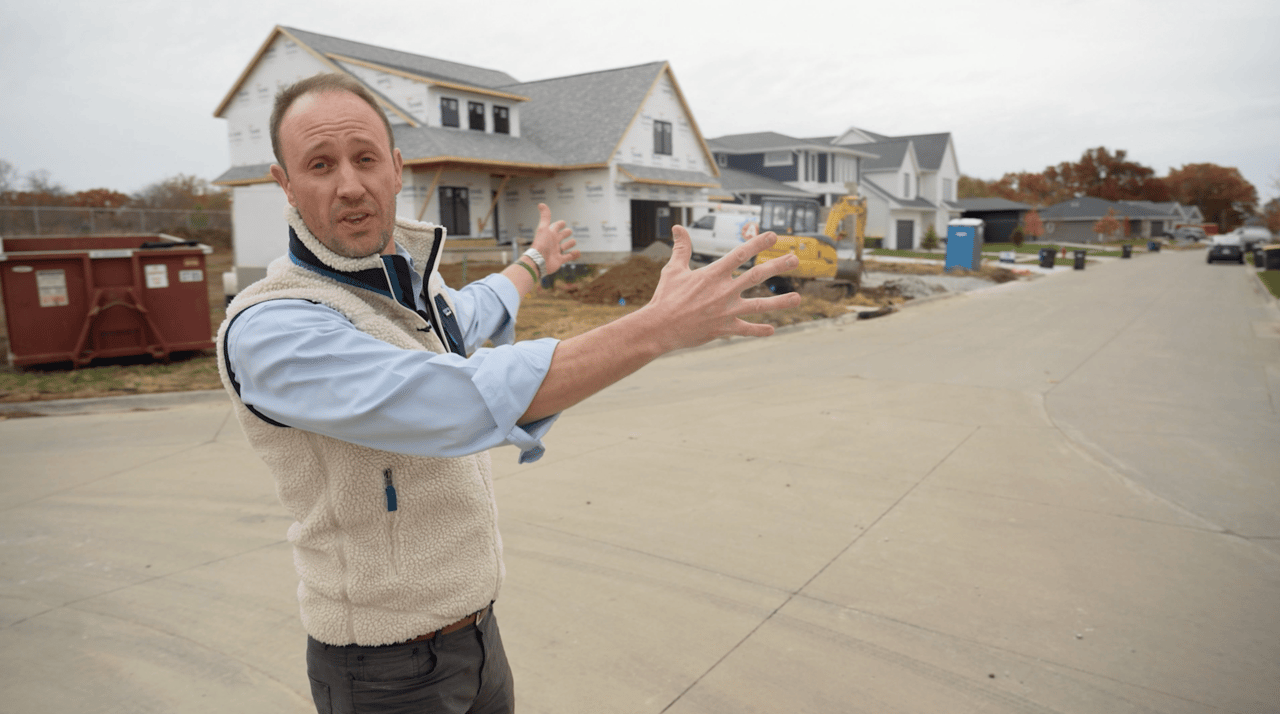Looking at the decade ahead, real estate trends from building, to technology, to transportation and neighborhood development, have changed. Technology has also begun to dictate a lifestyle with smart home technology becoming an expectation to buyers. New construction homes are integrating devices from voice-control systems, smart light switches, smart appliances, smart thermostats, to smart locks as standard features. Meanwhile, millennial buyers are now the largest home buyers segment and their value propositions and reasons for purchasing a home have influenced the real estate market. They want to make sure their house accommodates their lifestyle and values. They are environmentally conscious & mdash; wanting open spaces, walking trails, community, and sustainability.
In reviewing the decade, there are common themes that will emerge and help give us insight into what to expect in the decade ahead. At the tip of the iceberg are value propositions such as environmentalism and an increased human connection to technology that will trickle down and influence buying patterns, creating new disruptors and changing industries of the next decade. Environmentalism and technology are already adopted influencers and in the decade ahead it & rsquo going to be the default and expected standard.
1. Projected Growth
Cranes dot the skyline with projects across the cities whose borders are now blurred between their neighbors. The largest project is the redesign of the intersection of I-80 and I-380 which will improve the merging of drivers between interchange ramps with convenient and strategic logistic access to the north, east, south, and west. This growth is projected to continue with analysts projecting the population of the area to be close to 230,000 by 2030— that & rsquo;s nearly a 75% increase in the next decade. If CostCo and Trader Joe were the big additions to the last decade, it will be hard to imagine what the next decade may have in store.
2. Sustainability
It & rsquo's easy to expect the next decade to have more attention on our changing climate and becoming a partner to social and environmental responsibility will change industries. More and more electrical companies are getting their power from renewable sources. In Iowa, as of October 2019, more than 40 percent of the state now gets its electricity from wind power (ranked second behind Texas for the most wind energy). Solar power technology has incorporated solar panels into the shingle designs potentially allowing for the replacement of existing shingles with solar ones in the future. This movement could also force us to become more conscious of our water usage including using smart home devices to monitor leaks and remotely shut off the water to your house from your smartphone. More homes might also be renovated than built new as construction and demolition accounts for 40 percent of solid waste dropped off at municipal dumps each year. Cities are working to make bikes more accessible which would cut car use and reduce urban emissions by 50 percent, according to a 2015 study by the University of California at Davis. Some cities are also beginning to focus on building larger buildings with fewer parking spaces near transit lines.
3. EV Cars and Garages
The entire model of how we approach car ownership is changing. Companies like Ford and GM are investing in ride-sharing companies and information technology as they attempt to diversify for the uncertain automotive future. Meanwhile, car ownership is declining with people owning fewer cars per household. The20th Century began with homes having no garage to homes being built with a one-car garage in the 1950s, a two-car garage in the 1970s, and three-car garages in the 1990s. The car love affair of the mid-century is diminishing and future technology could shift the number of cars owned per household to a reverse trend of the number of garage stalls.
4. Community Suburbs
A trend in denser housing near amenity-rich areas has been developing for years. In some cities, 14 percent of the land is dedicated to parking motionless vehicles taking up precious land. Many new developments are encouraged to nix the construction of required parking spaces and focus on mixed-use neighborhoods. Neighborhood green spaces and parks are now common in many new developments with coffee shops and restaurants becoming the neighborhood & ldquo; Cheers& rdquo; bar in locations outside of business centers. Many of my favorite restaurants are the so-called & ldquo; Cheers & rdquo; bars including Blackstone on the east side of Iowa City, Stellas in University Heights, Reds in North Liberty, and Apres in the Peninsula Neighborhood. Not only are office parks out but a trend for multi-unit, shared and compact housing types are picking up demand in place of the detached-house subdivisions of the past. This could transform land use and change America & rsquo's suburbs especially with millennials who prefer a mix of suburban and urban features.
5G Technology
4G technology allowed the United States to gain a competitive edge in the technology sector with companies like Uber, Airbnb, and Facebook becoming global titans. These companies did not exist at the start of the last decade until 4G technology opened opportunities unforeseen a decade ago. Today countries are racing to be the first to nationalize 5G expecting more competitive growth opportunities that awarded the United States with being the first to adopt 4G. Meanwhile, VR is picking up momentum and wearable technology such as watches that can monitor your heart rate and a pair of glasses or contact lenses that create a three-dimensional internet that lives all around us. Autonomous cars, which require incredible data processing capabilities and speeds, will be able to better communicate with each other sharing data about routes and speeds. Our connection to our phones has become a lifestyle change in the way we stay connected and with 5G it's about to be 100 times faster than 4G. 2020 is rumored to be the & l dquo; year of 5G” with 5G capable phones expected to enter the market. What should we expect? Fewer cables. A game-changer.
